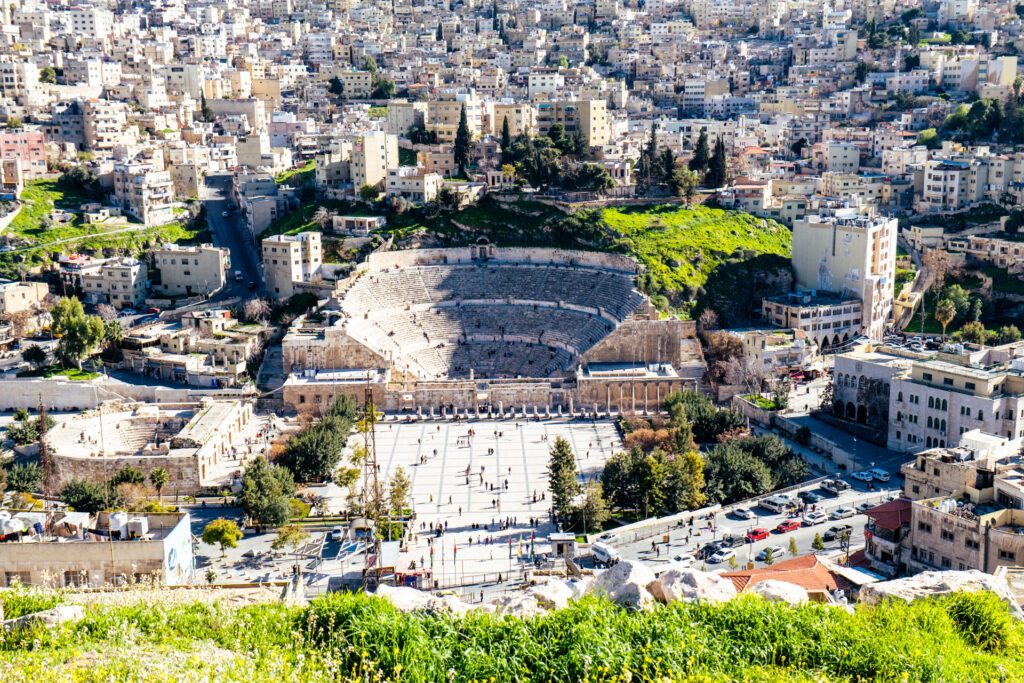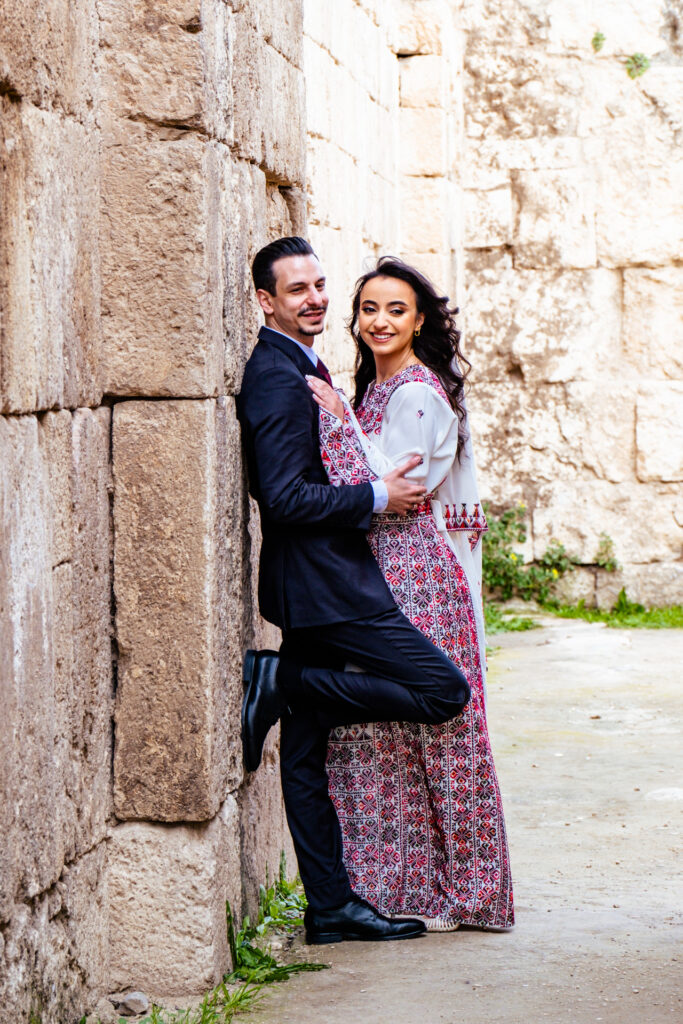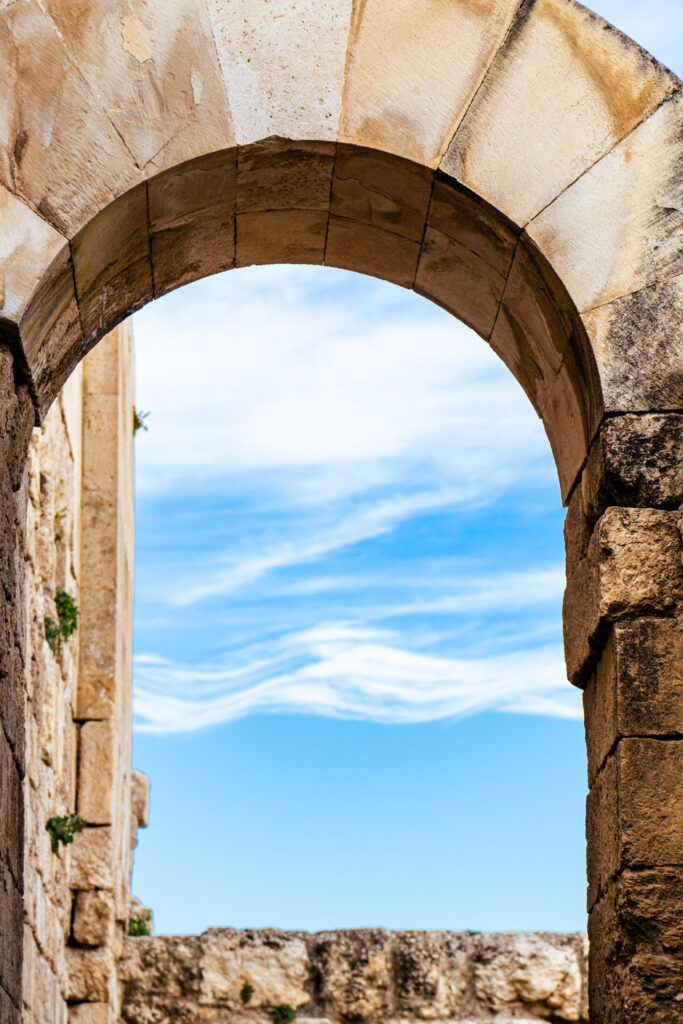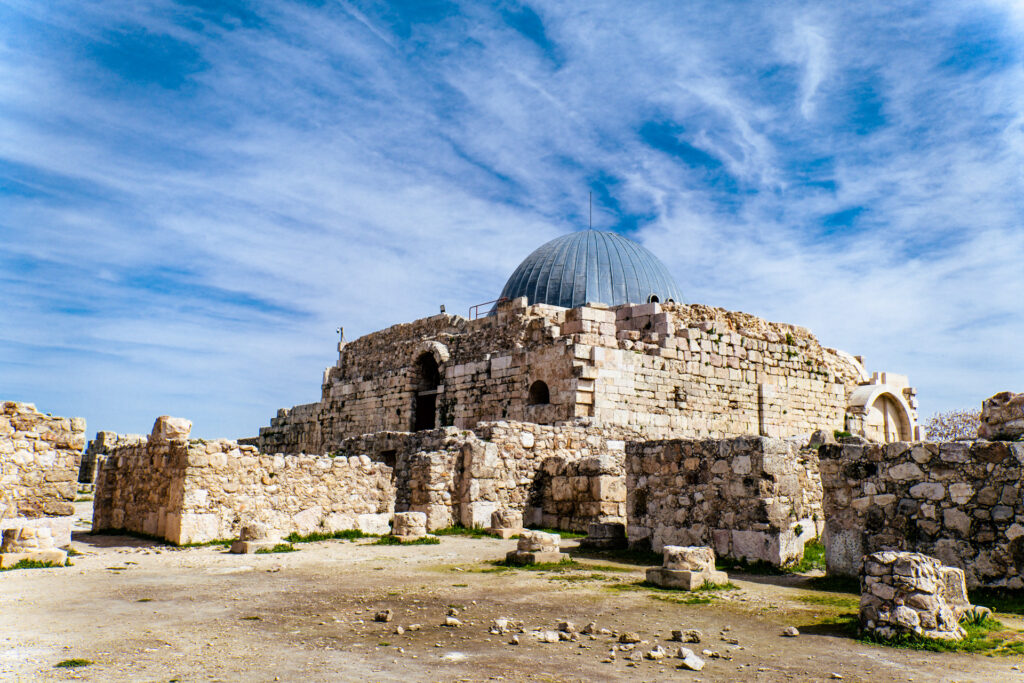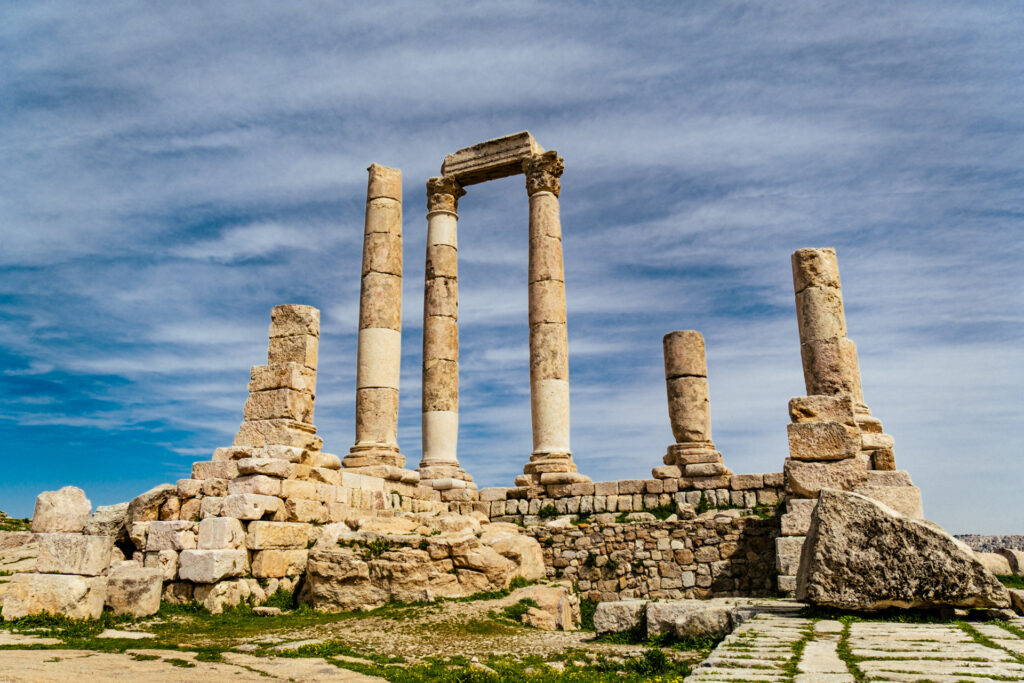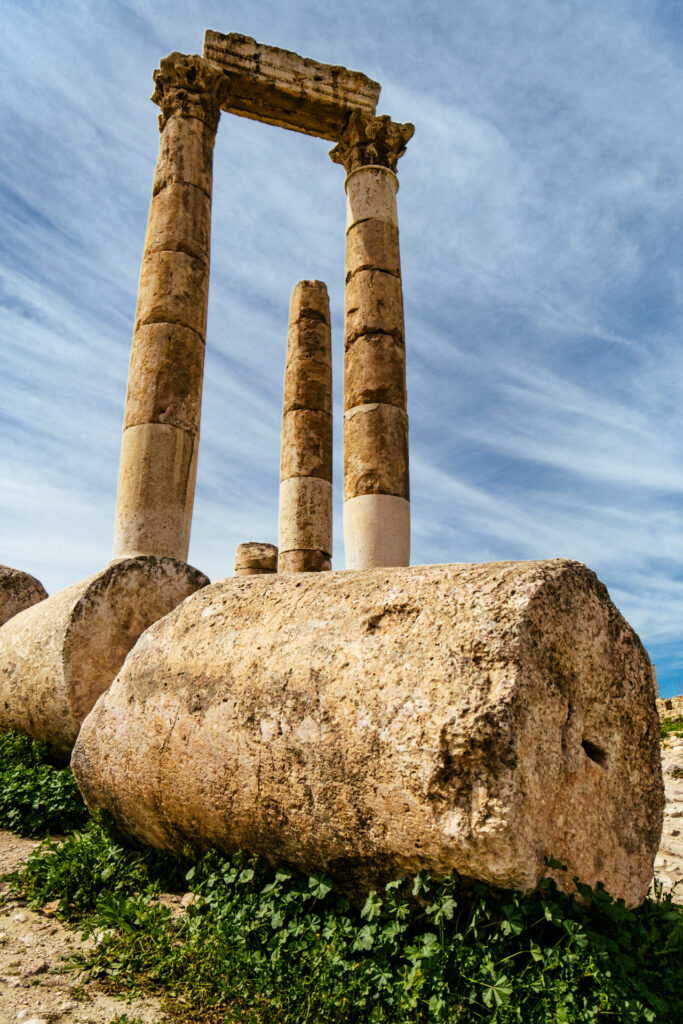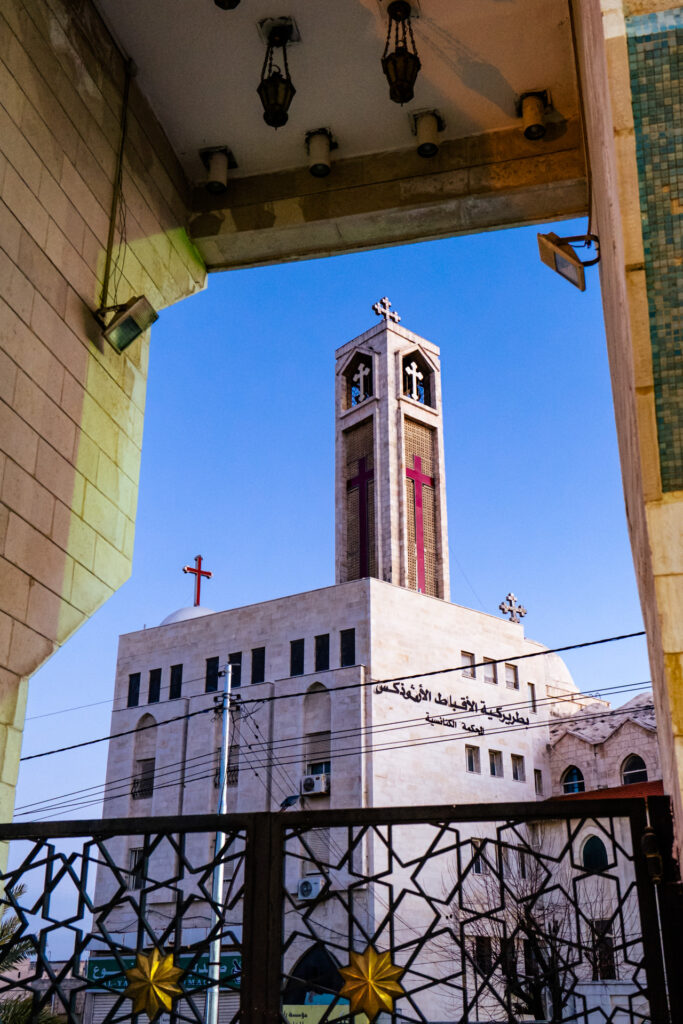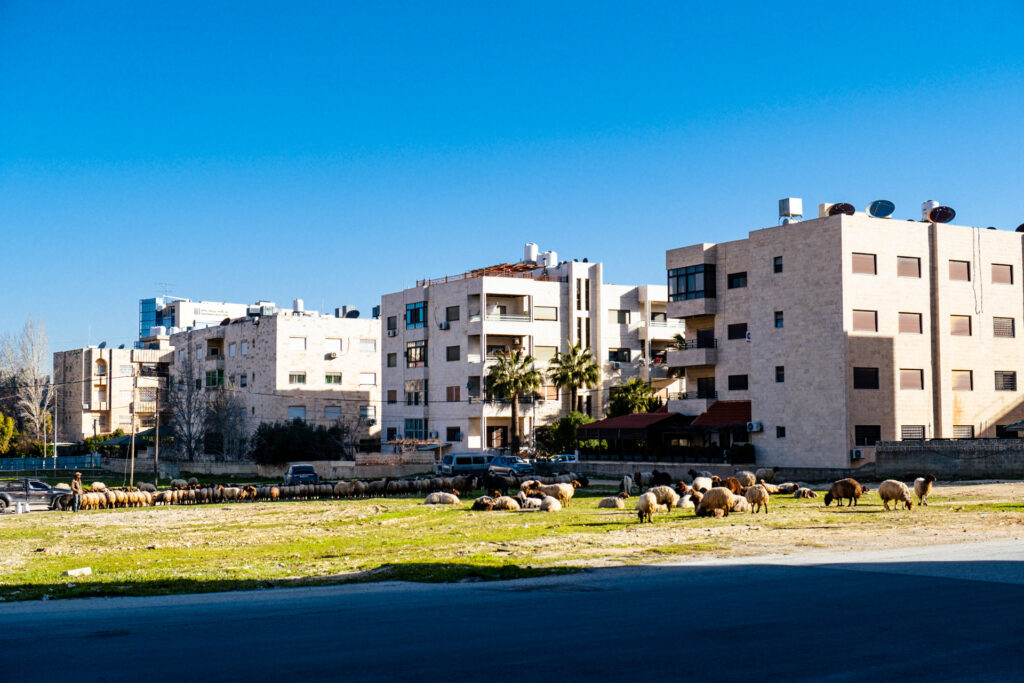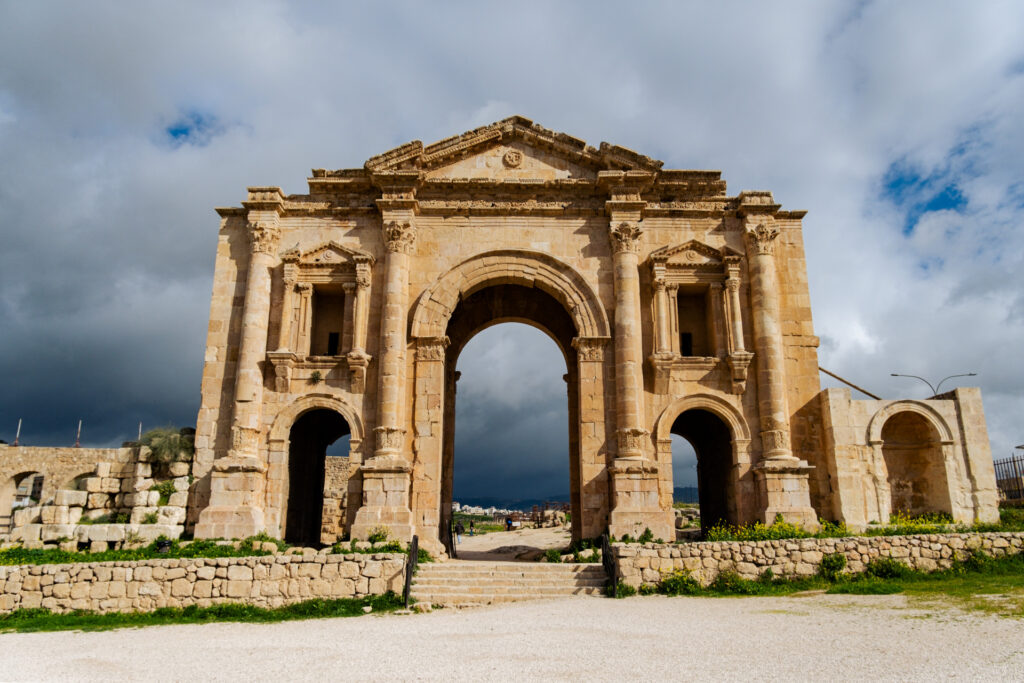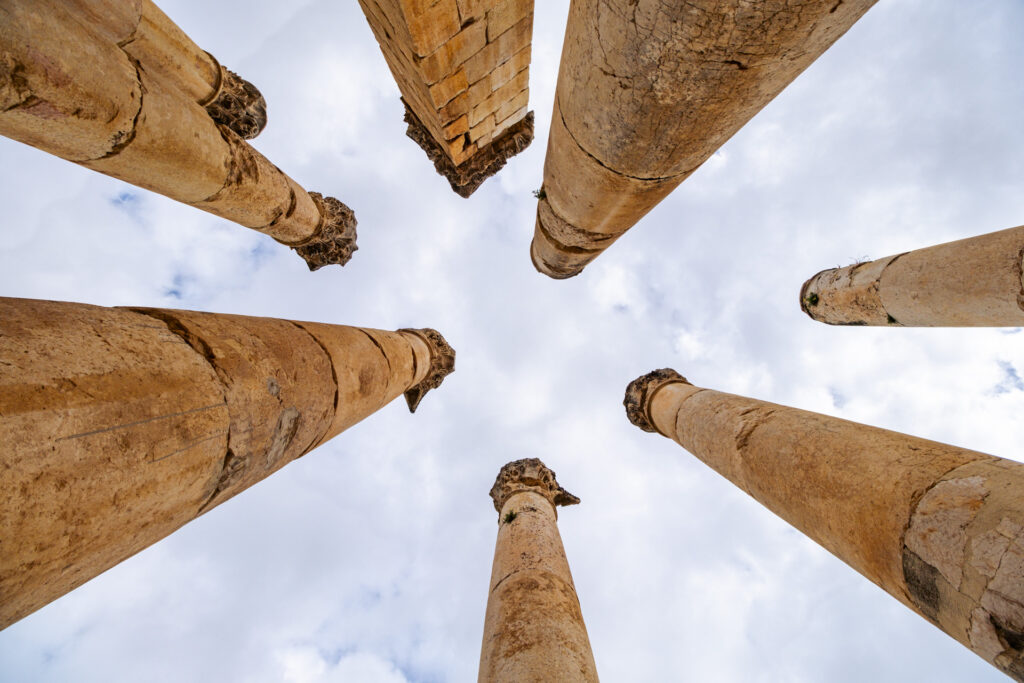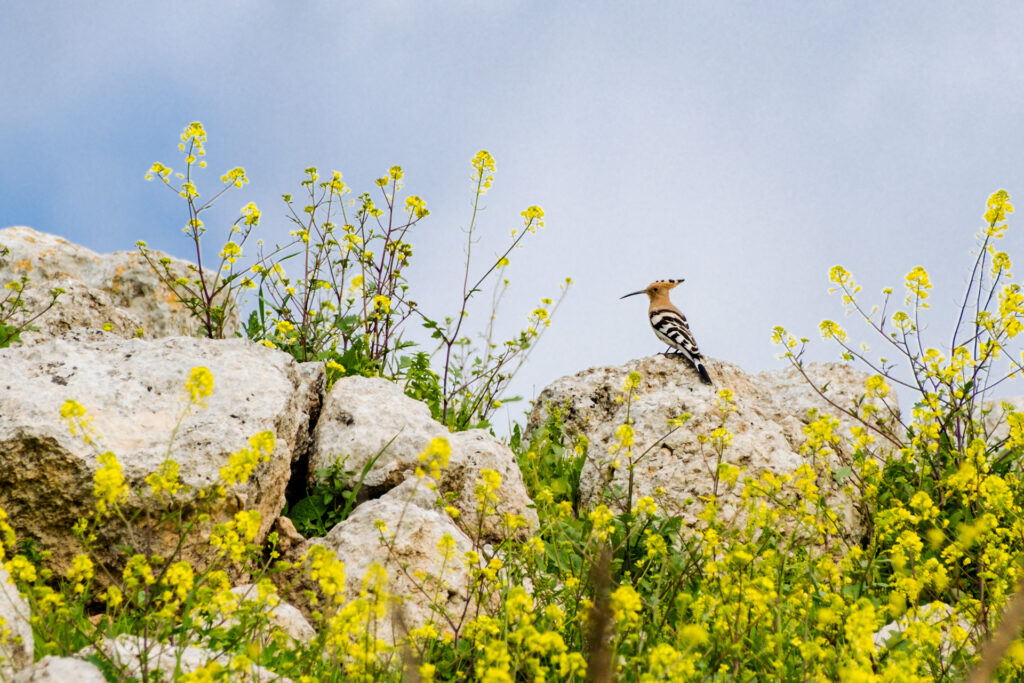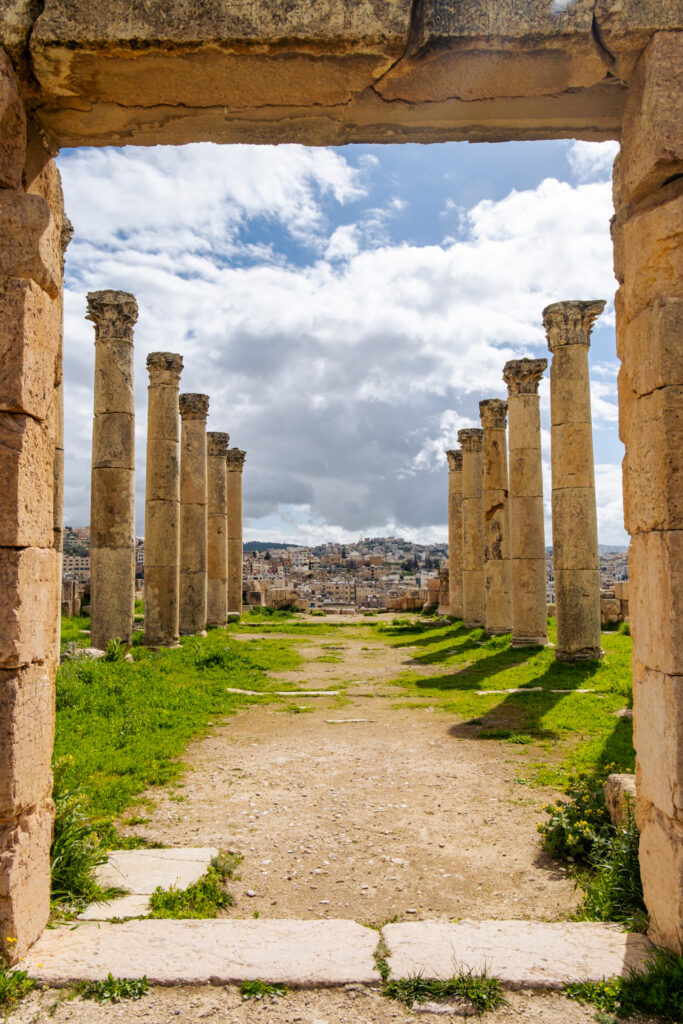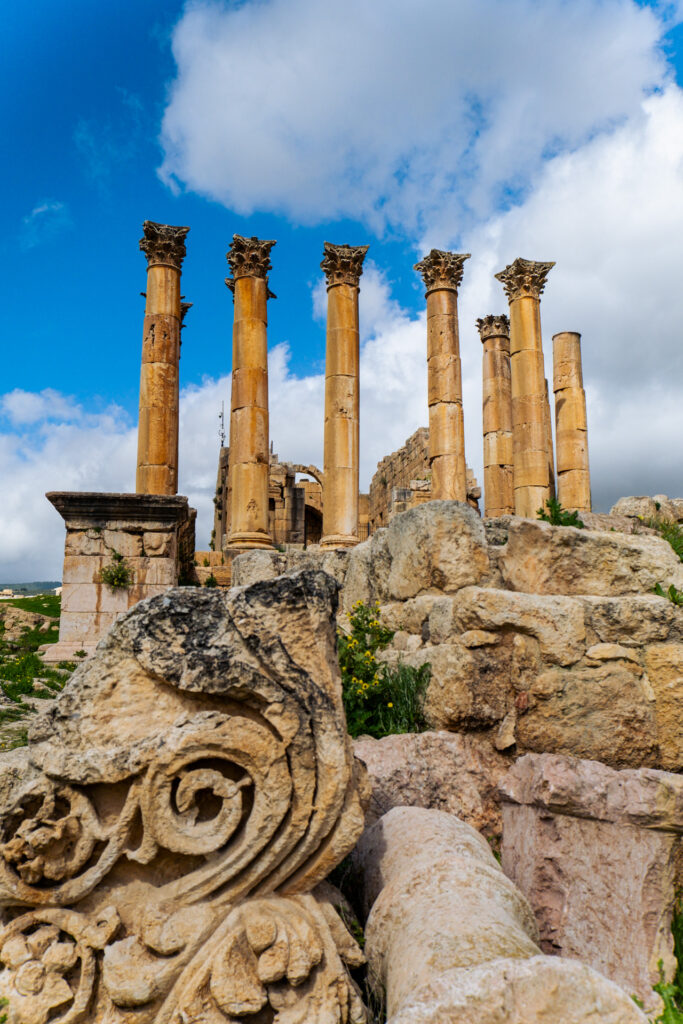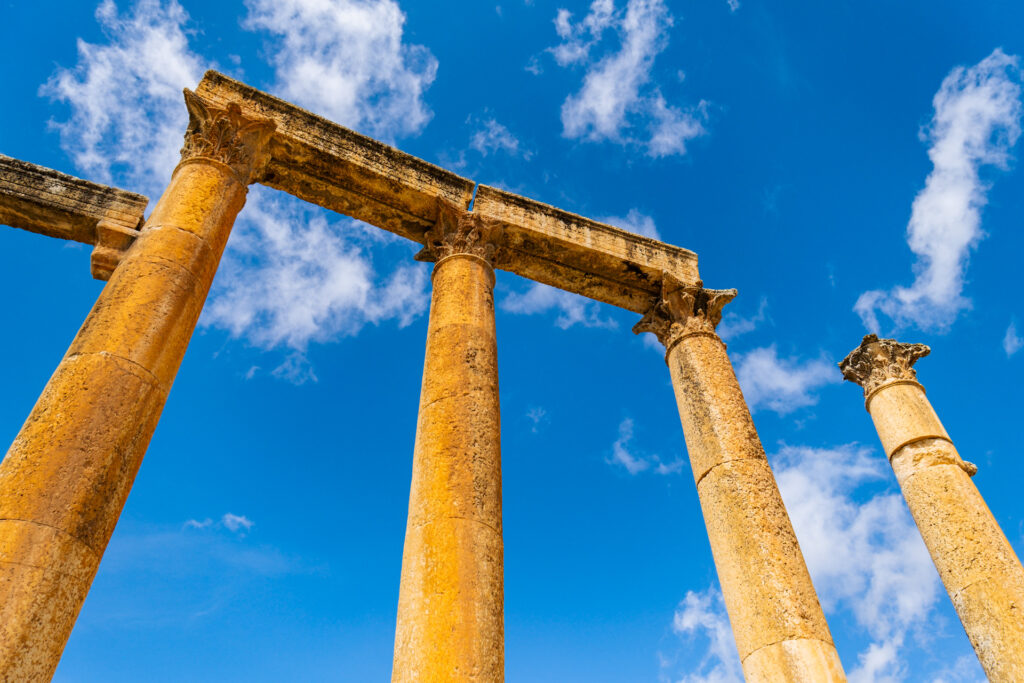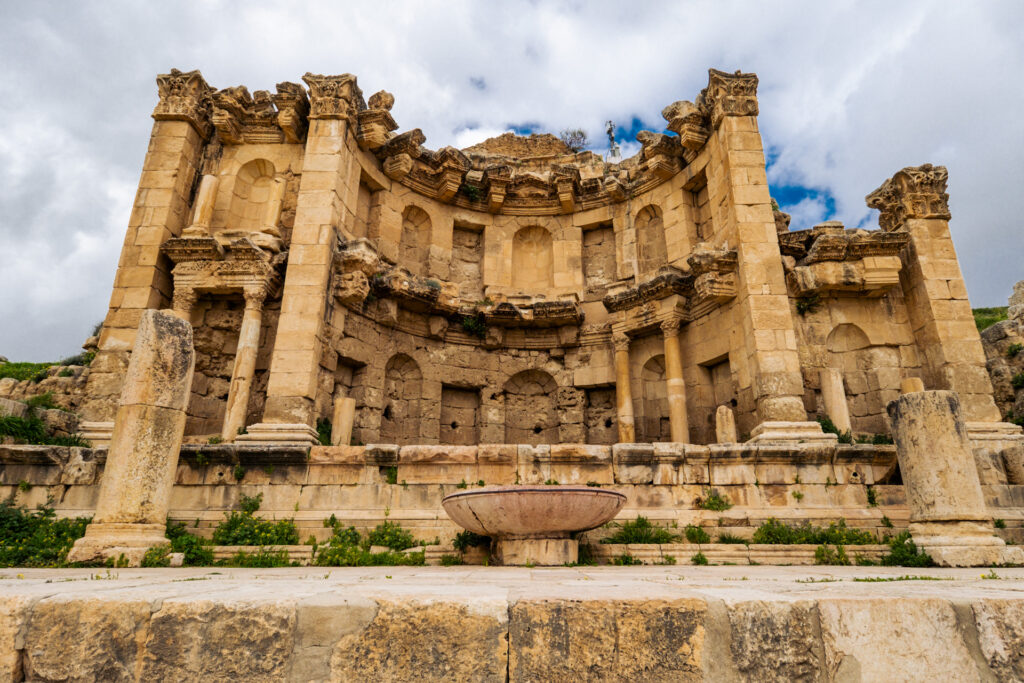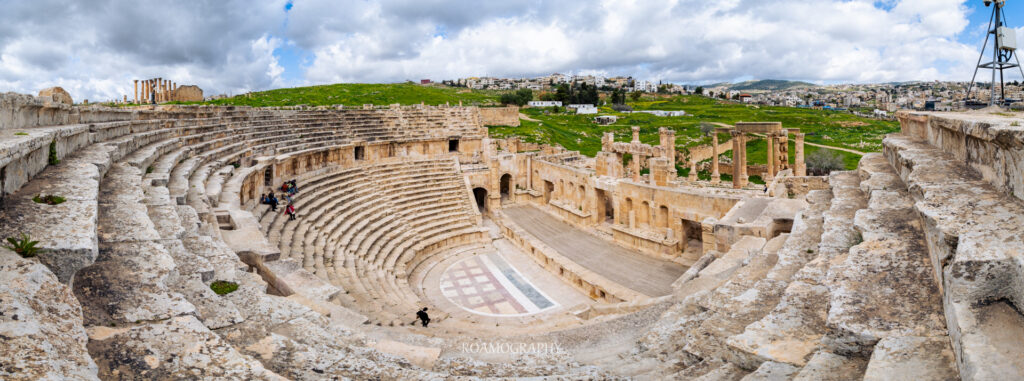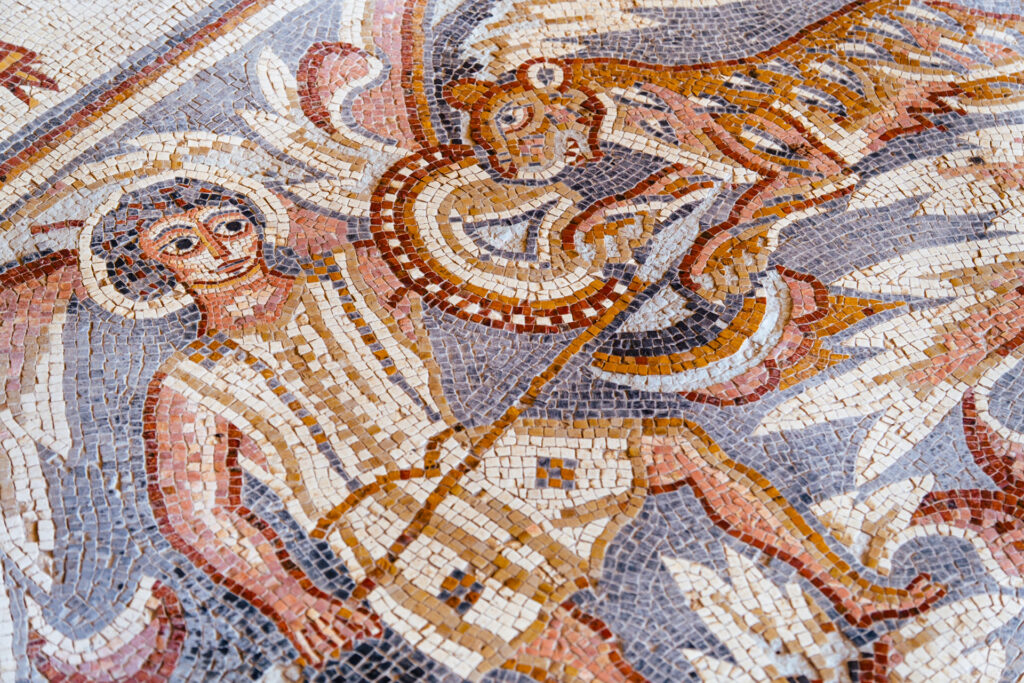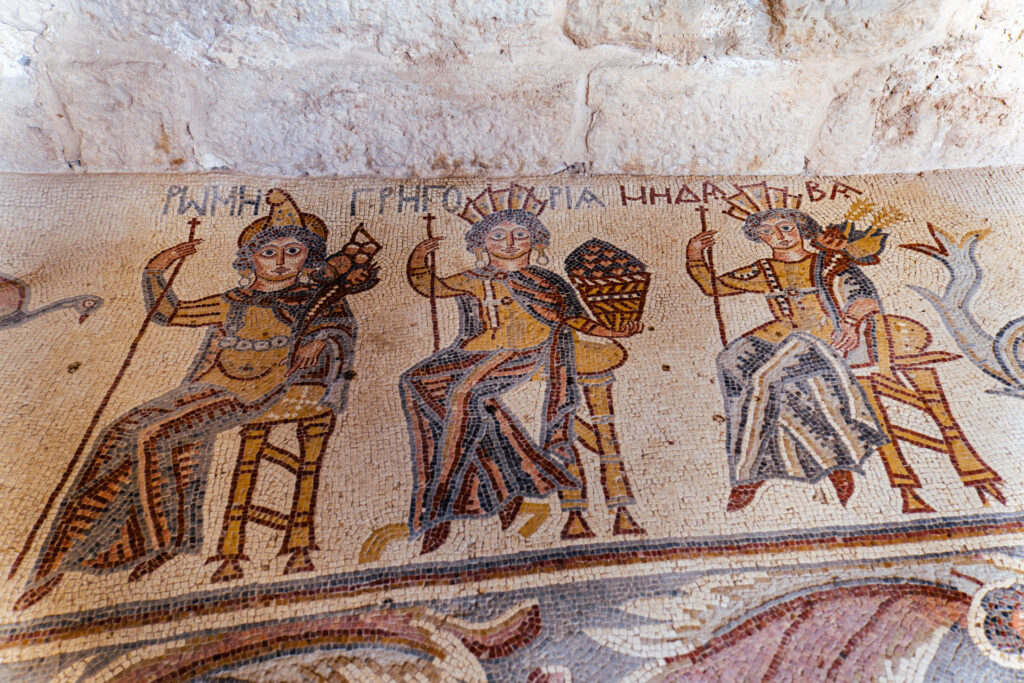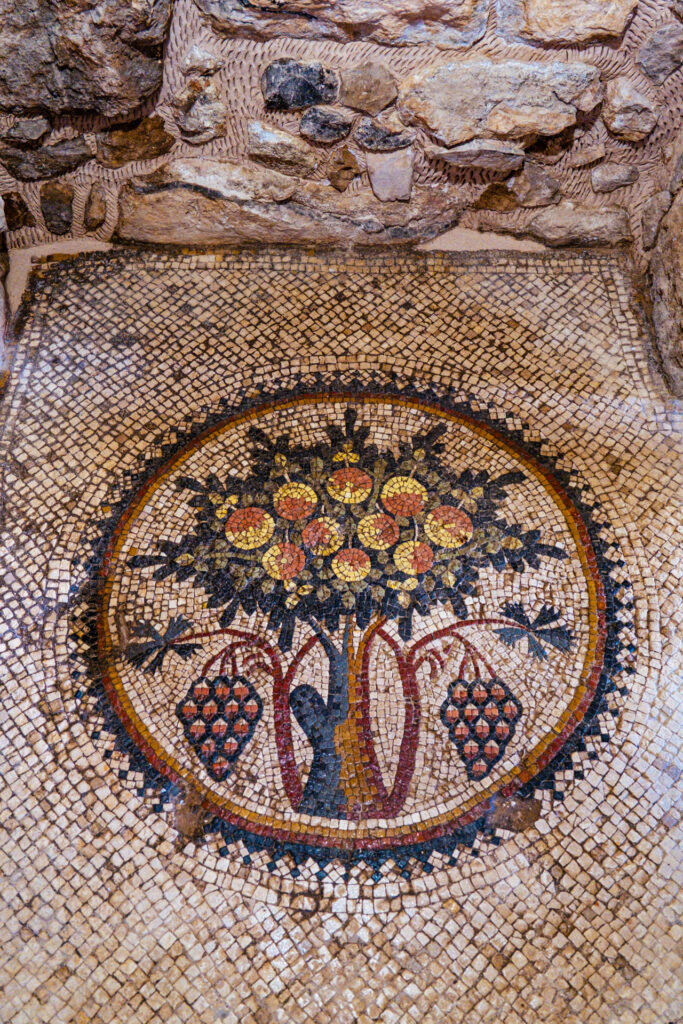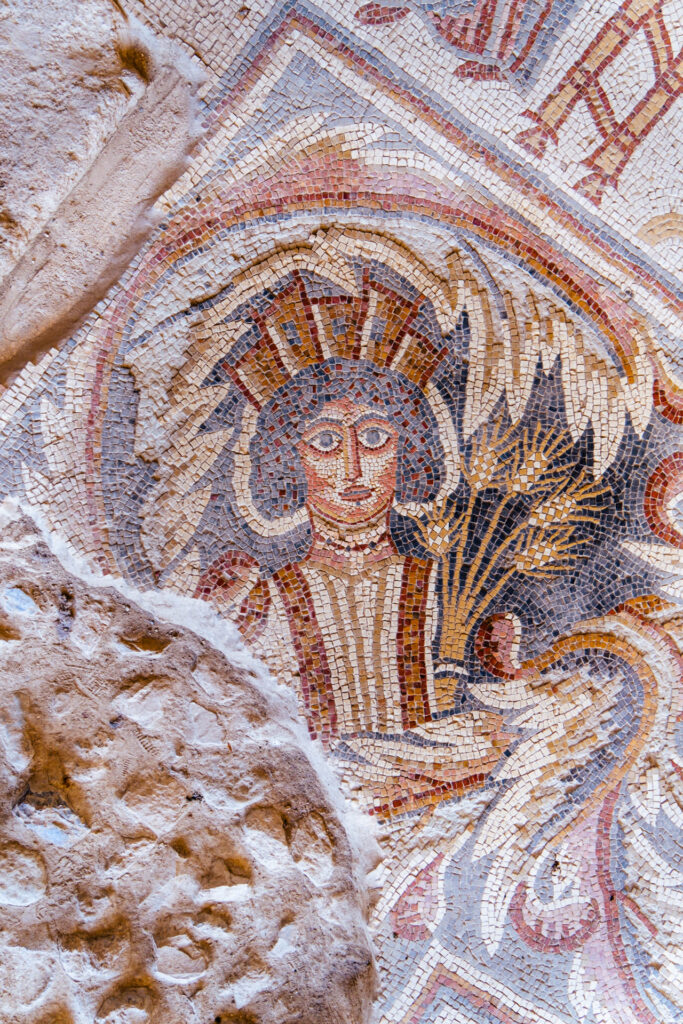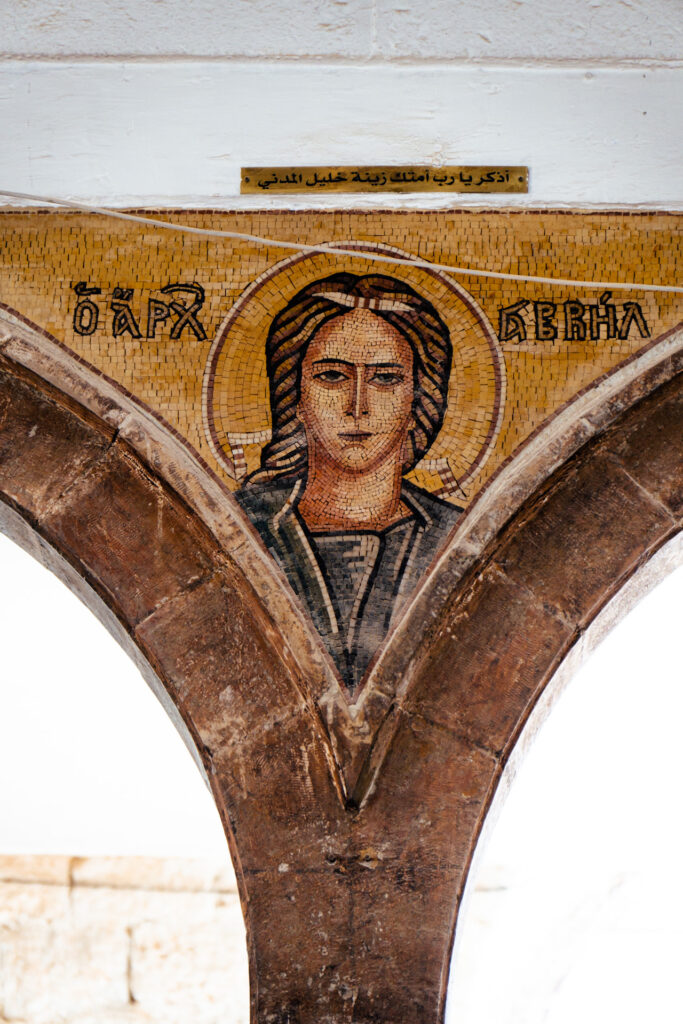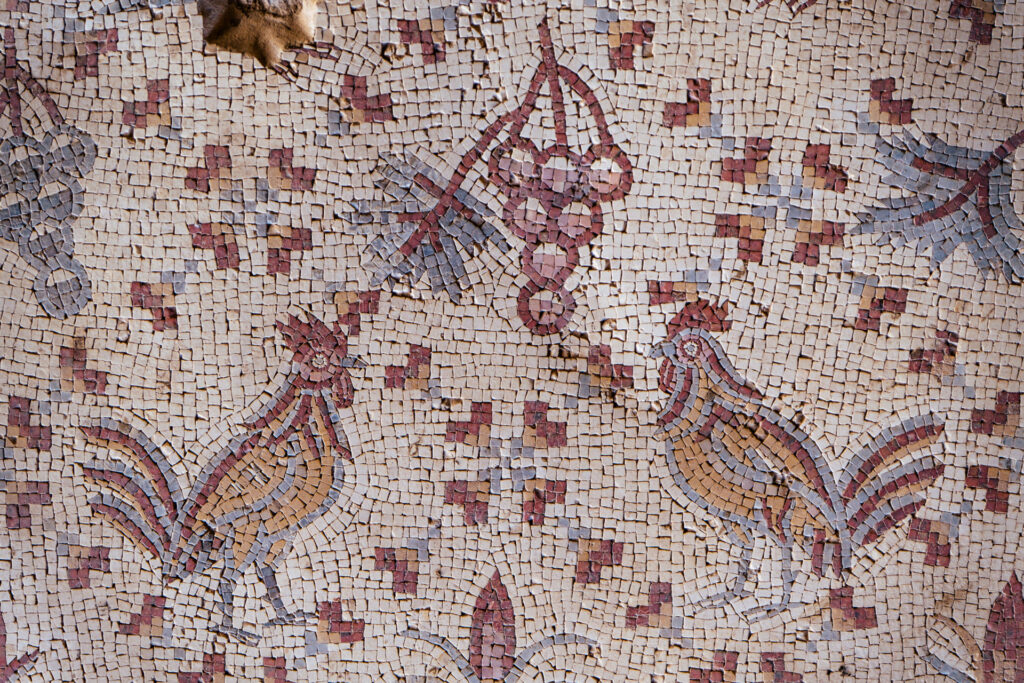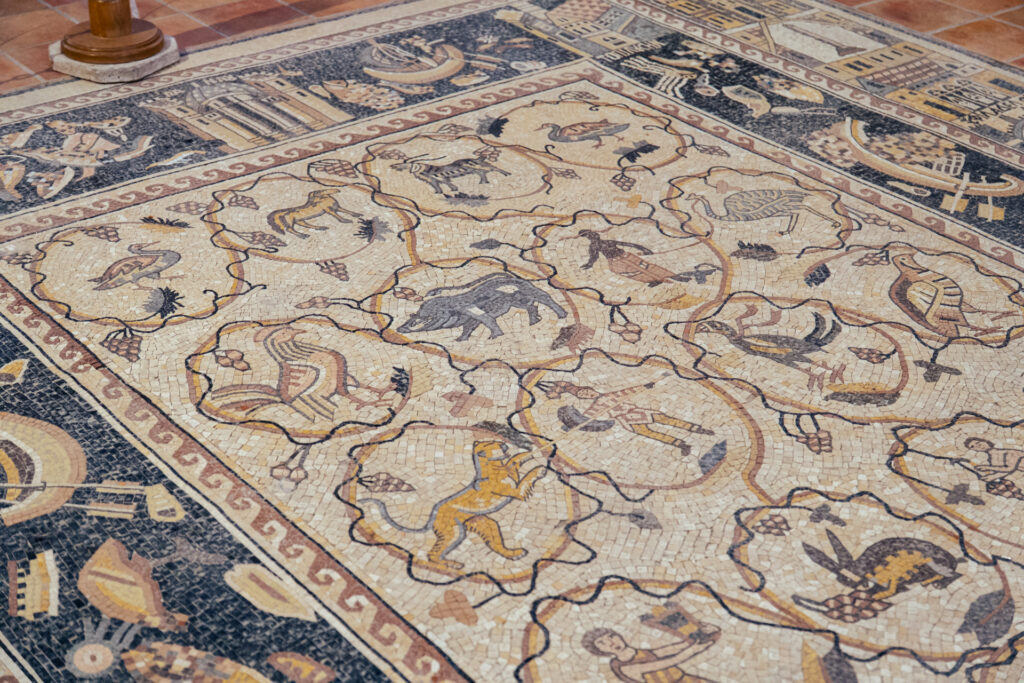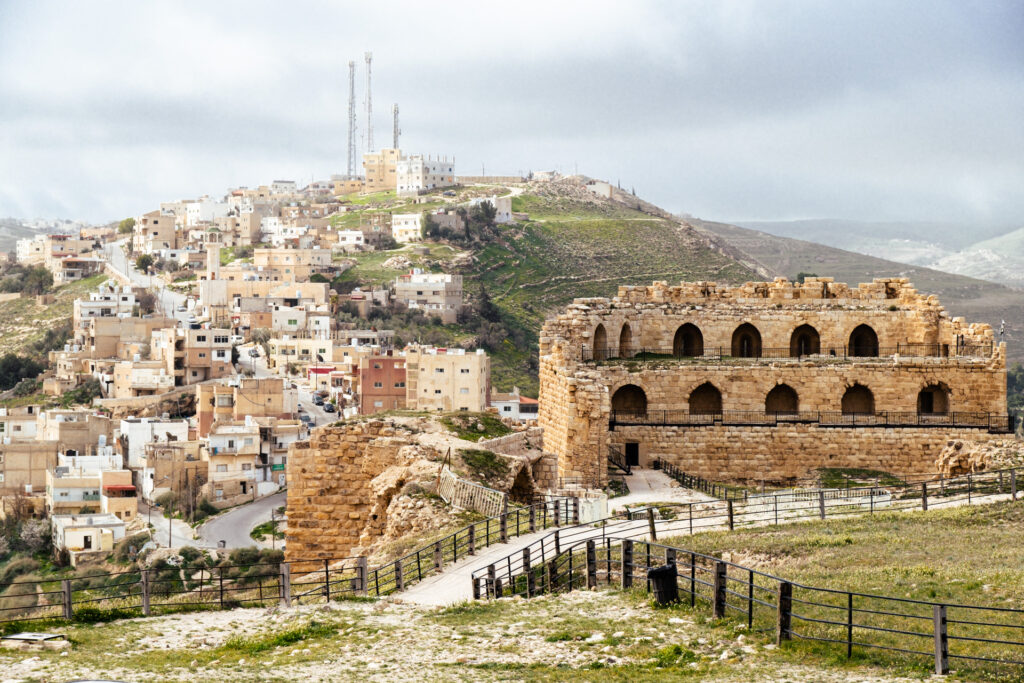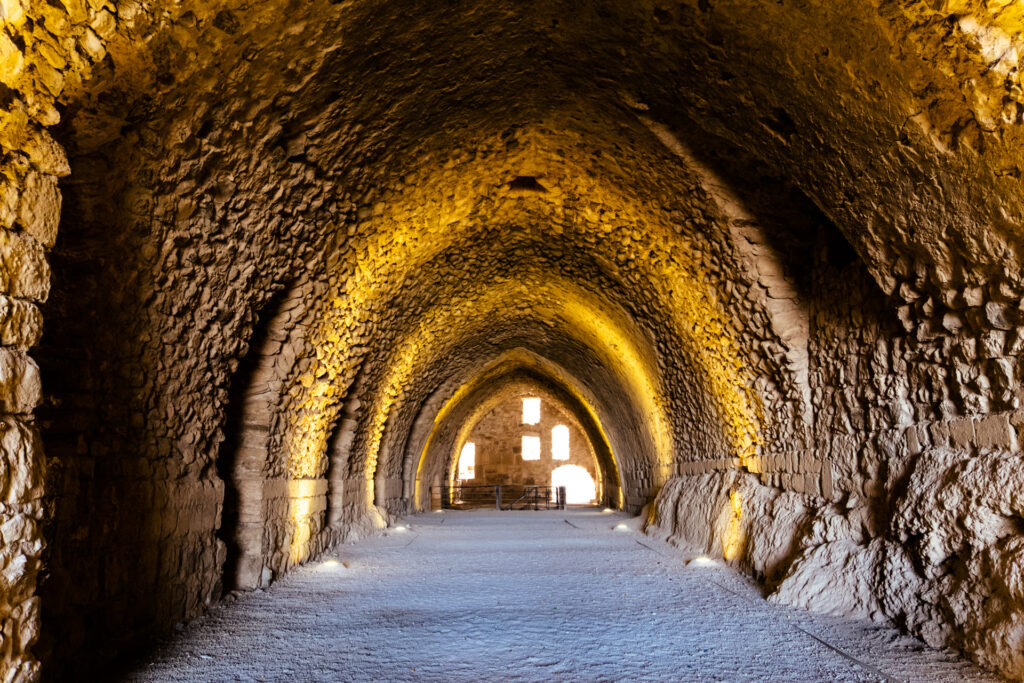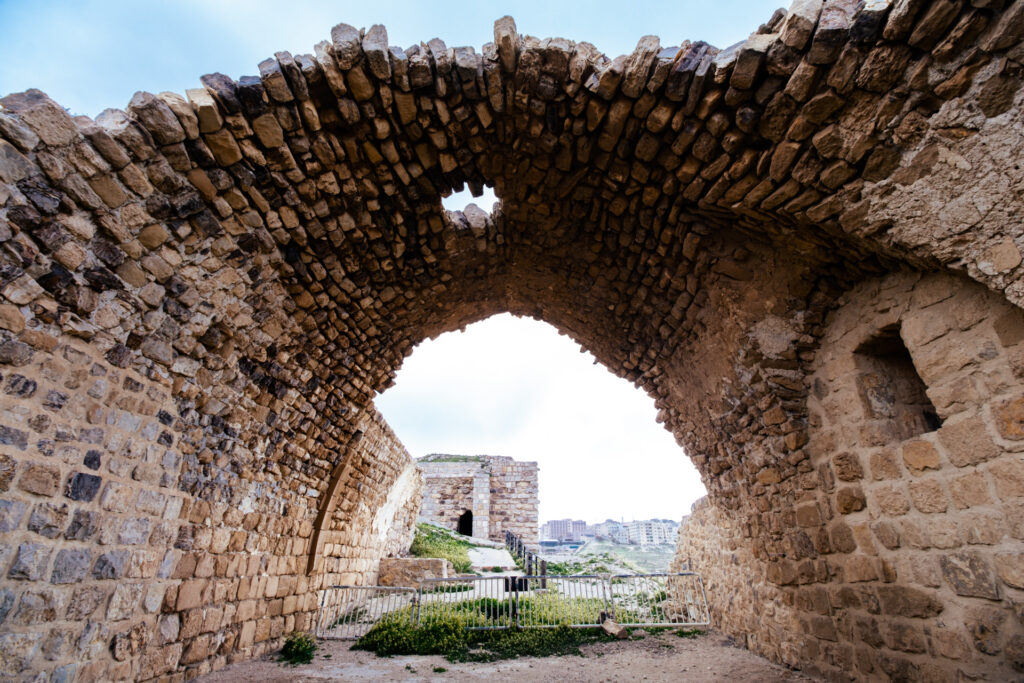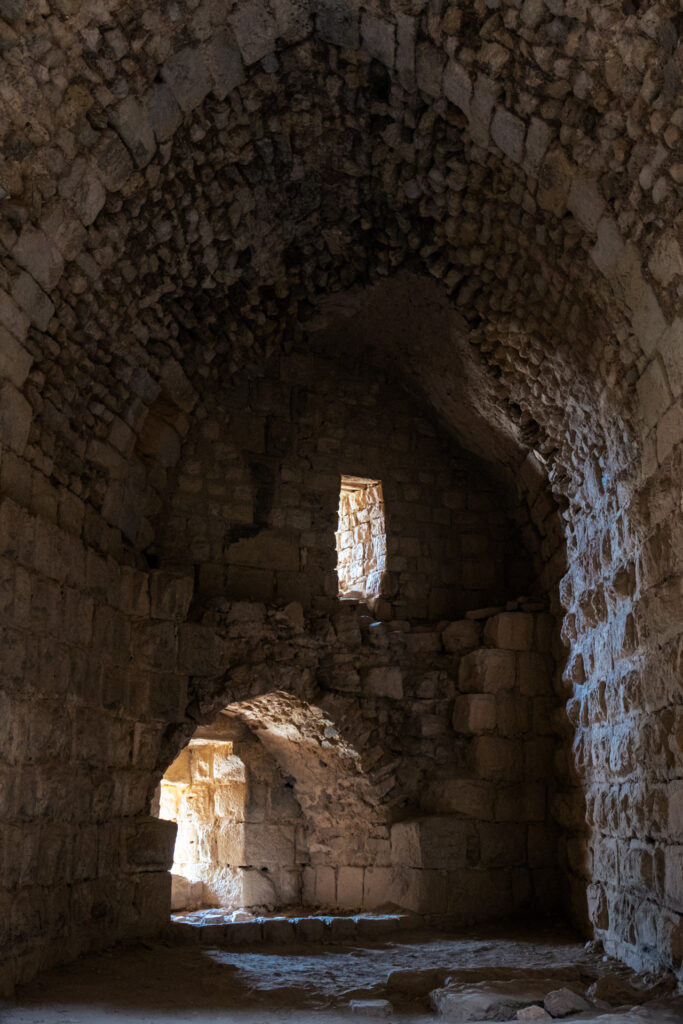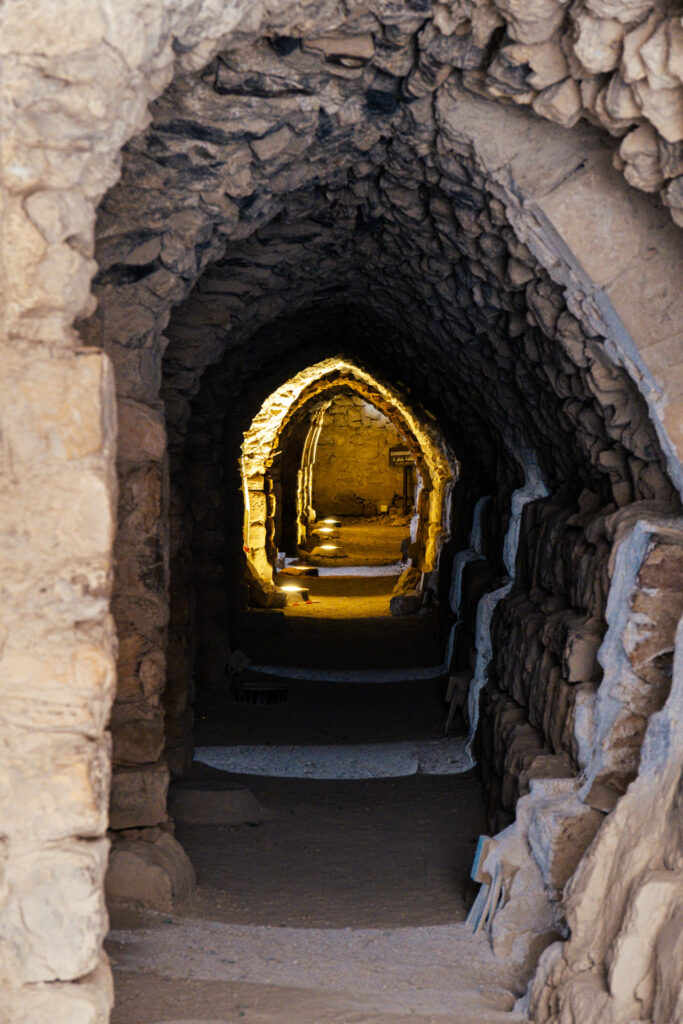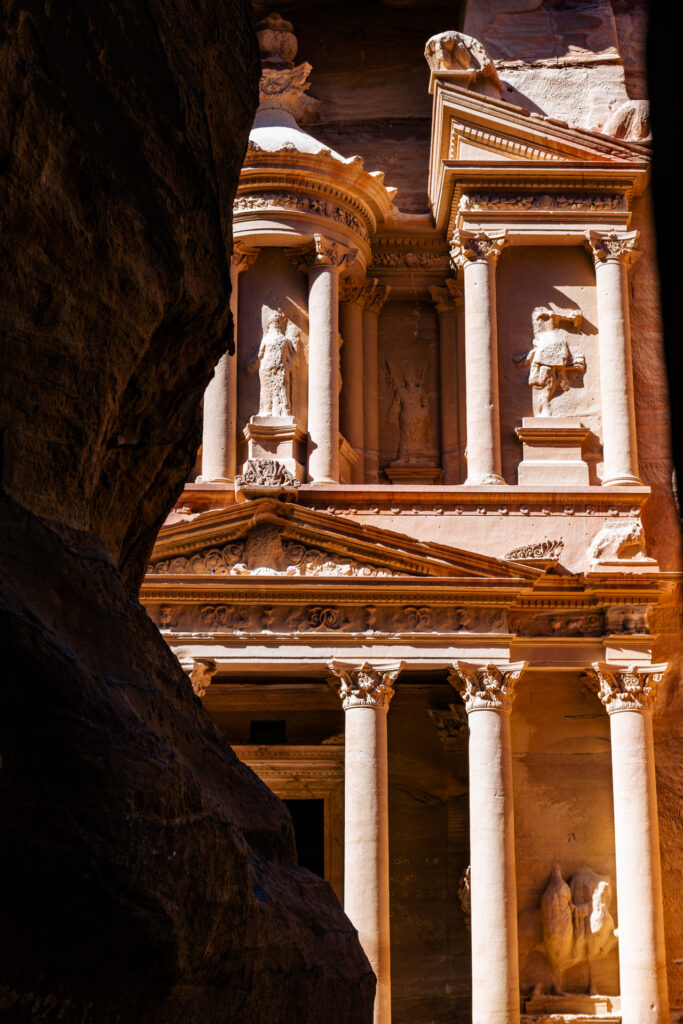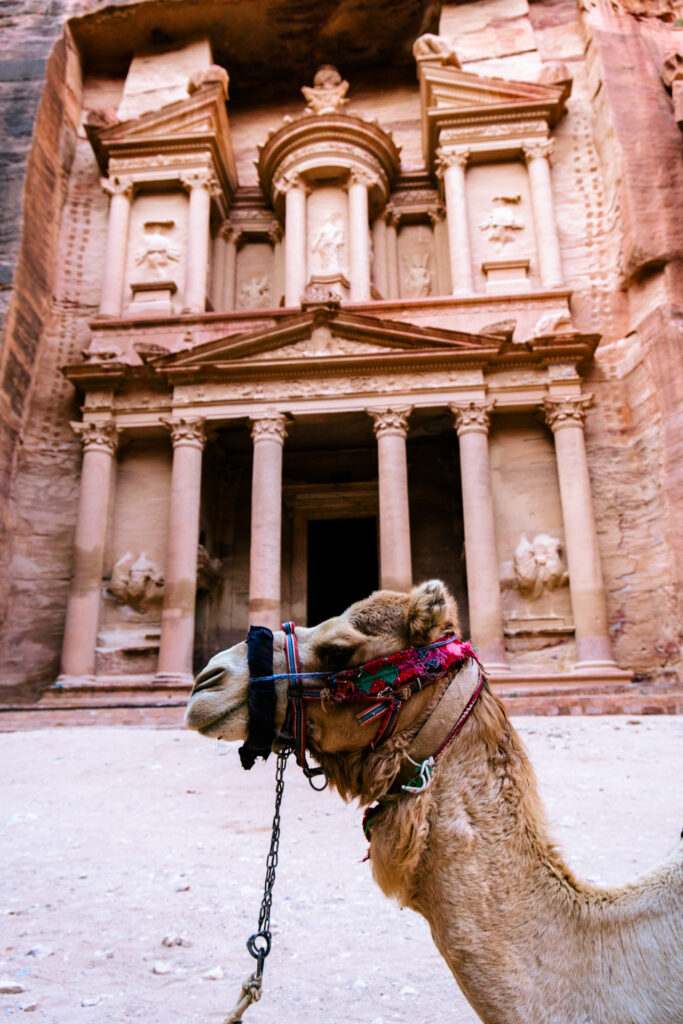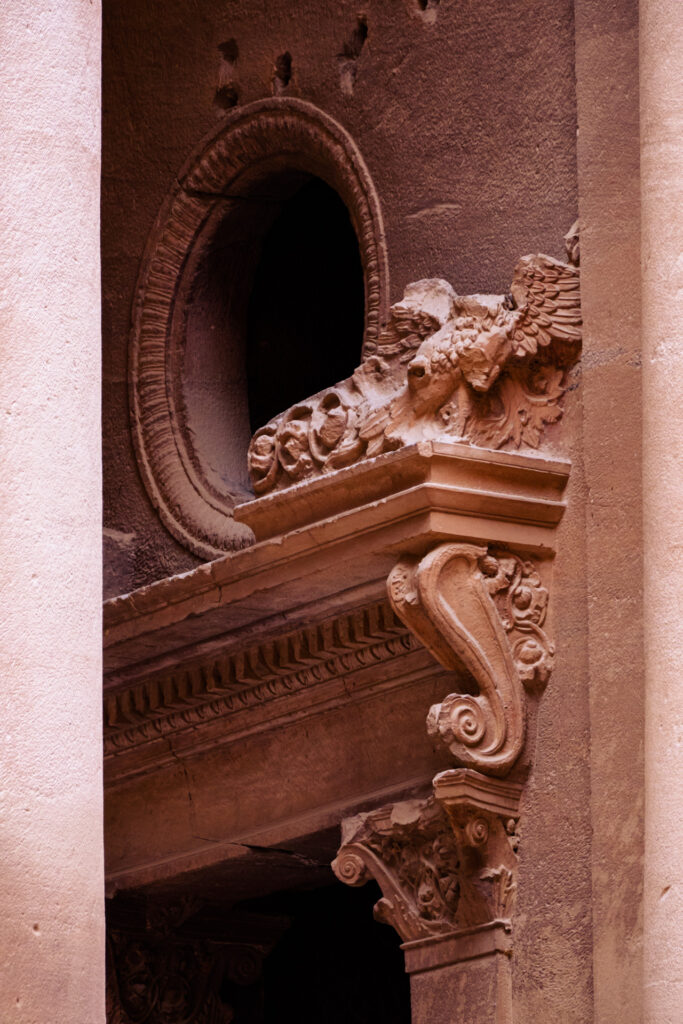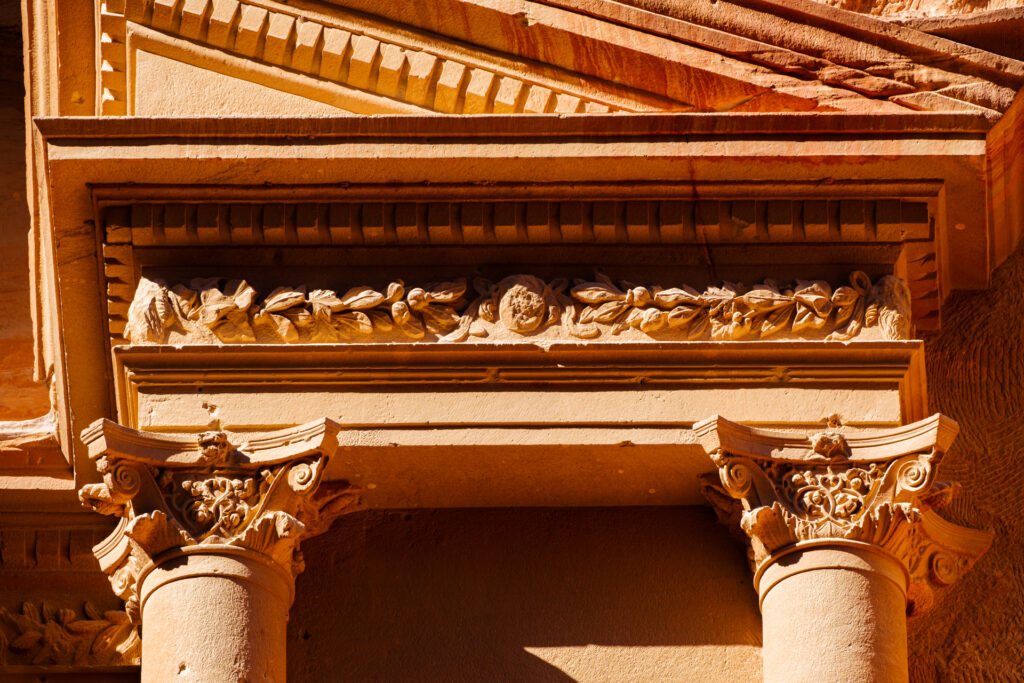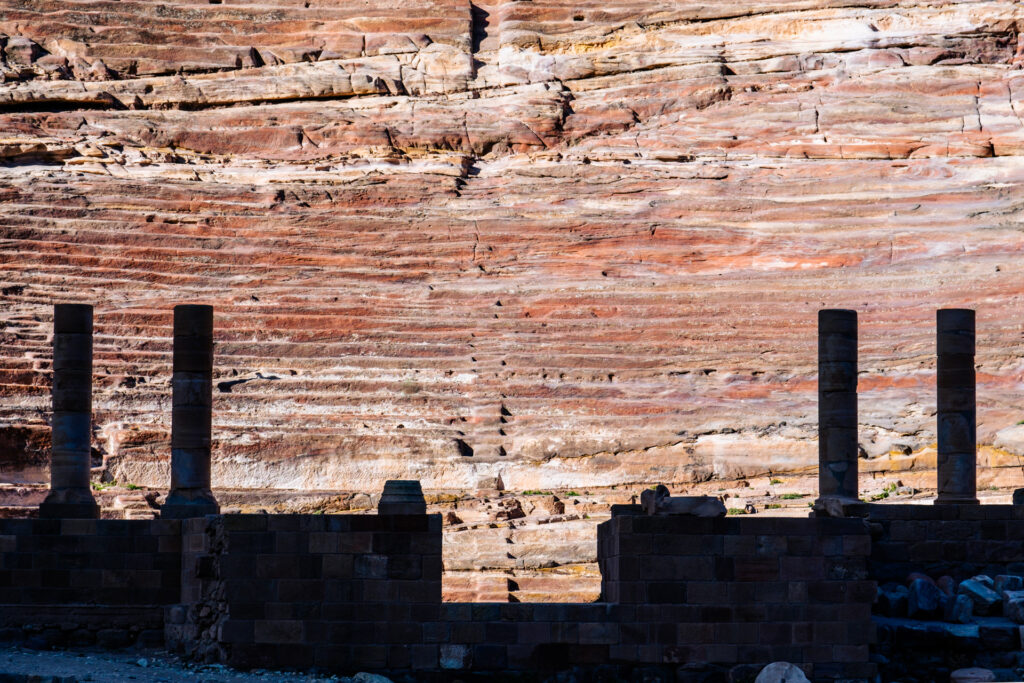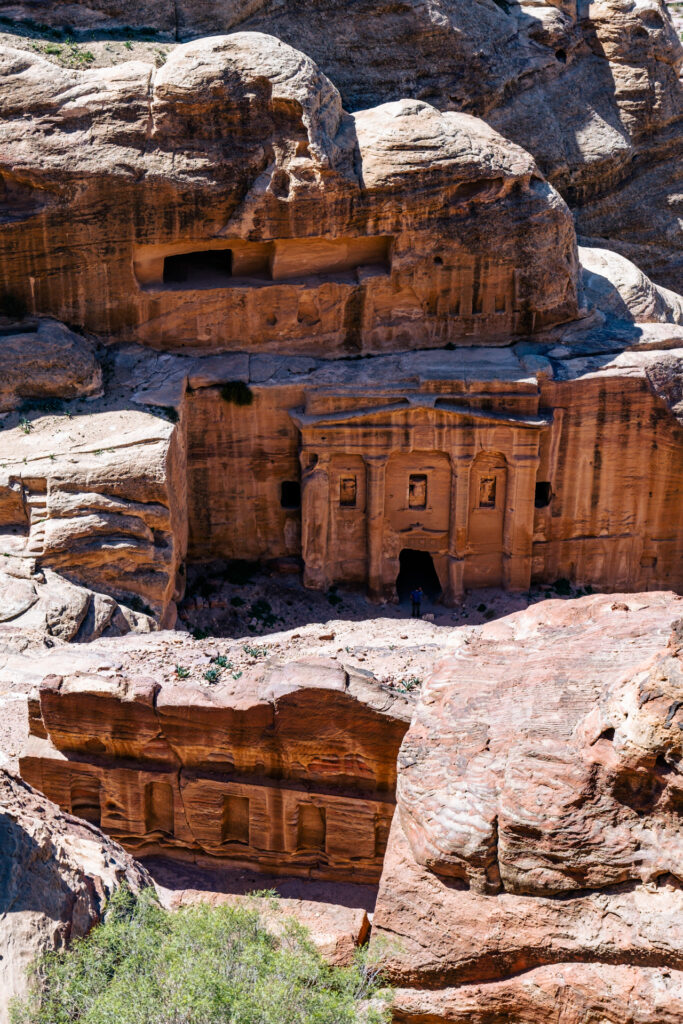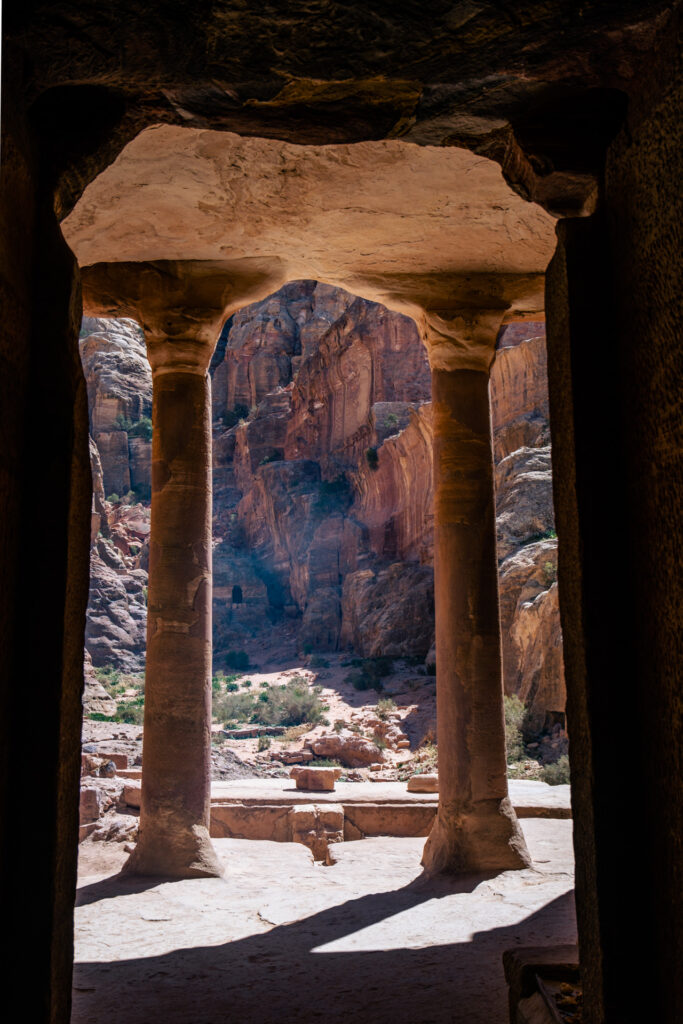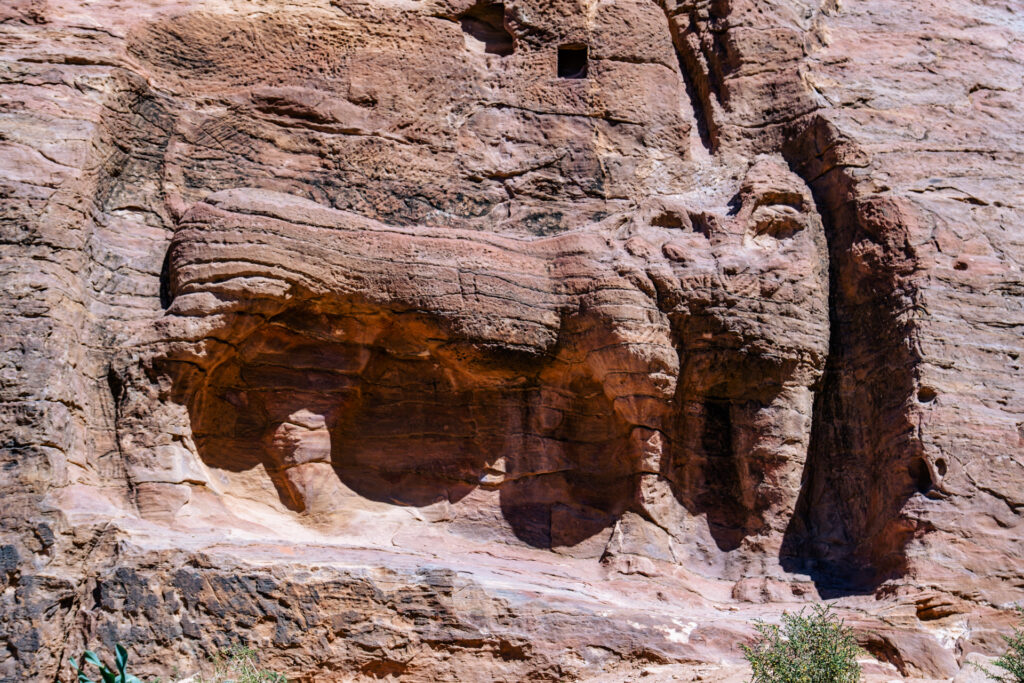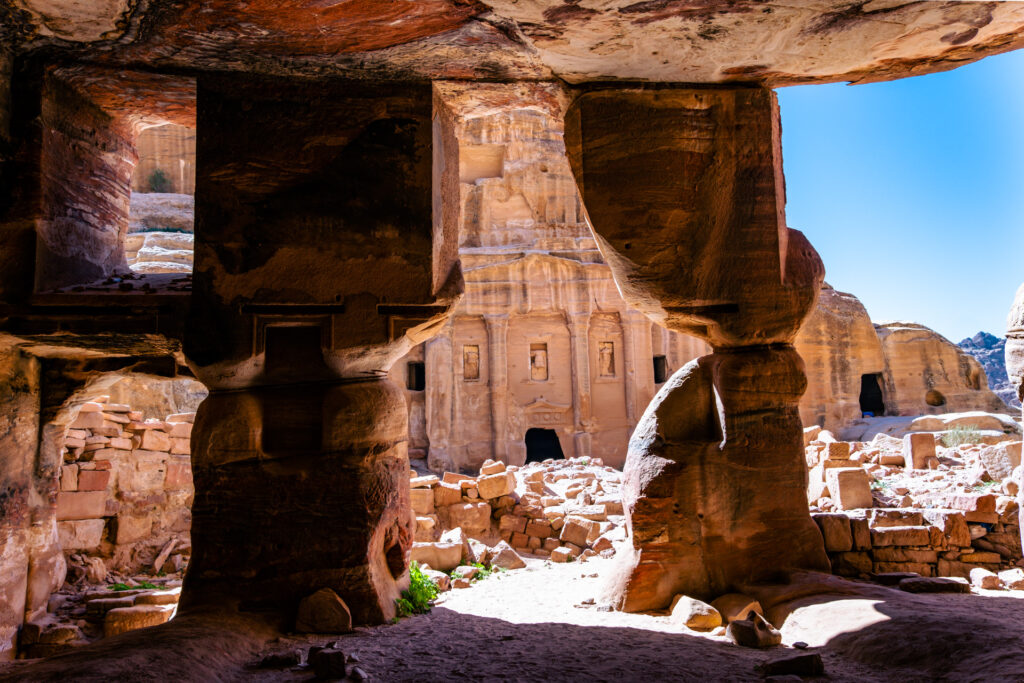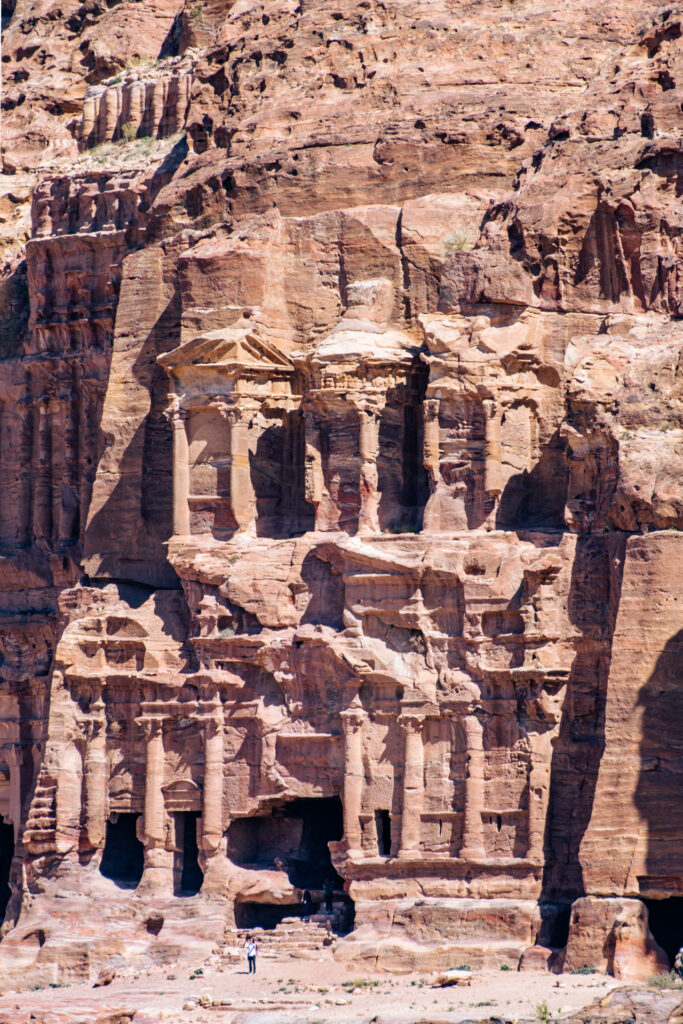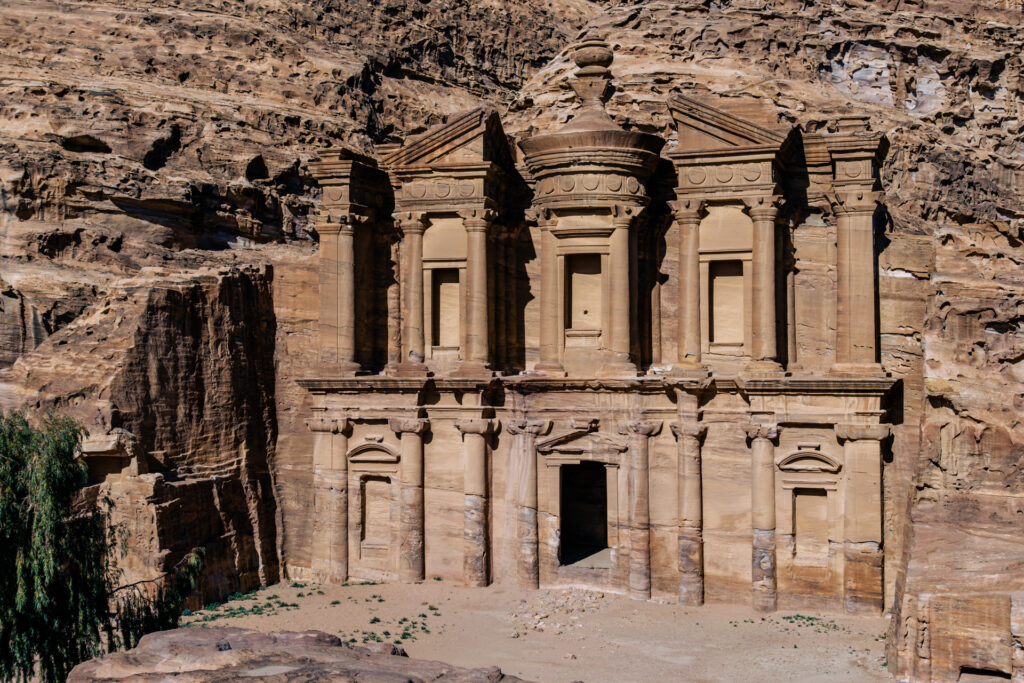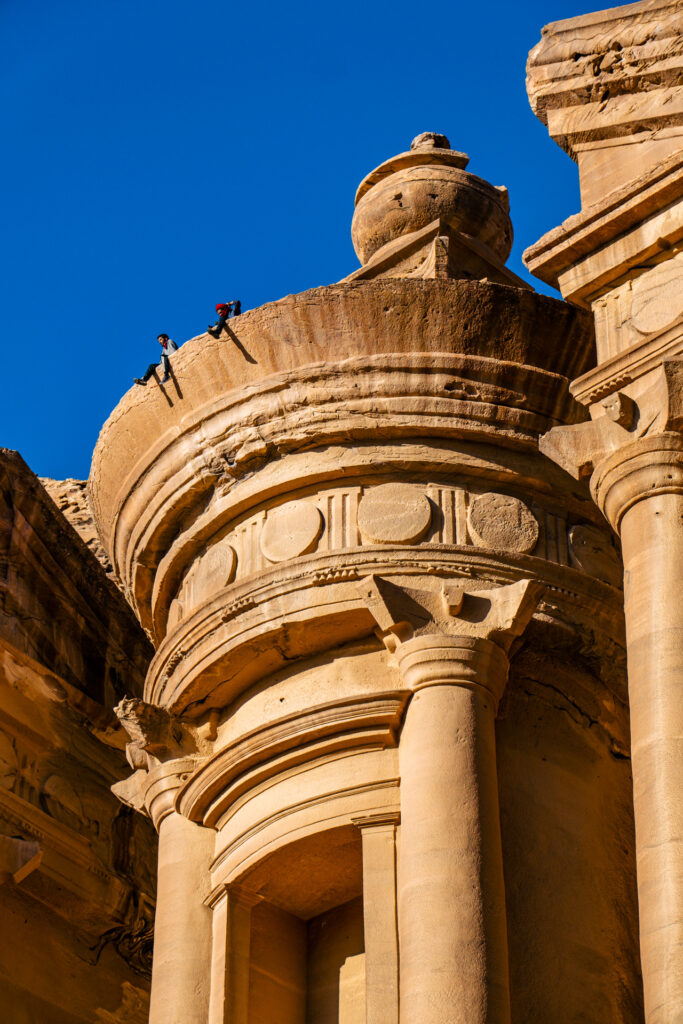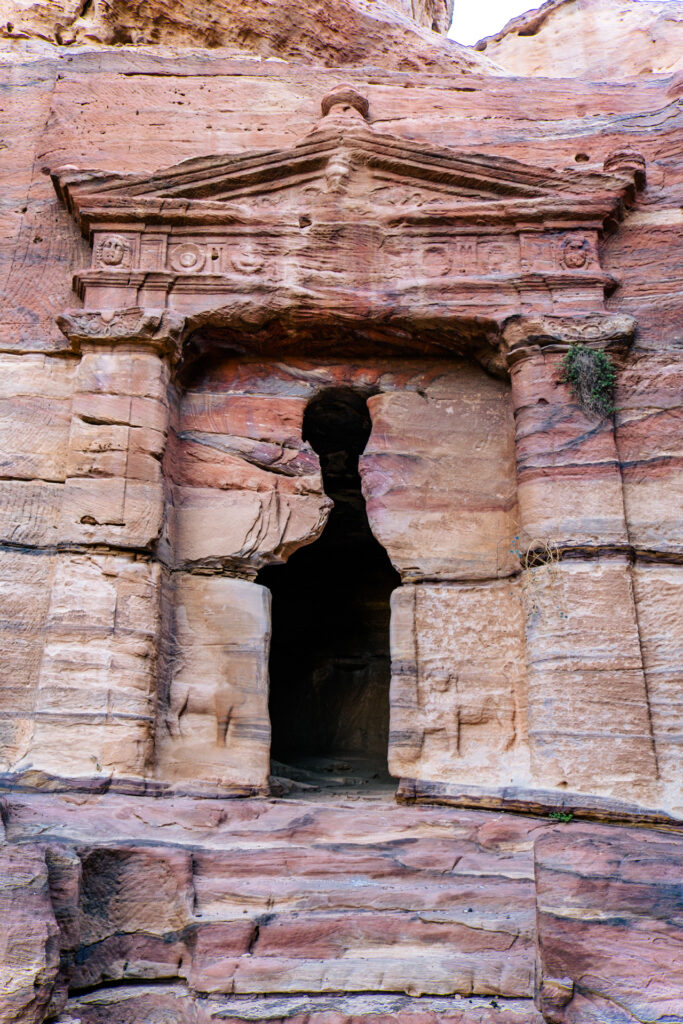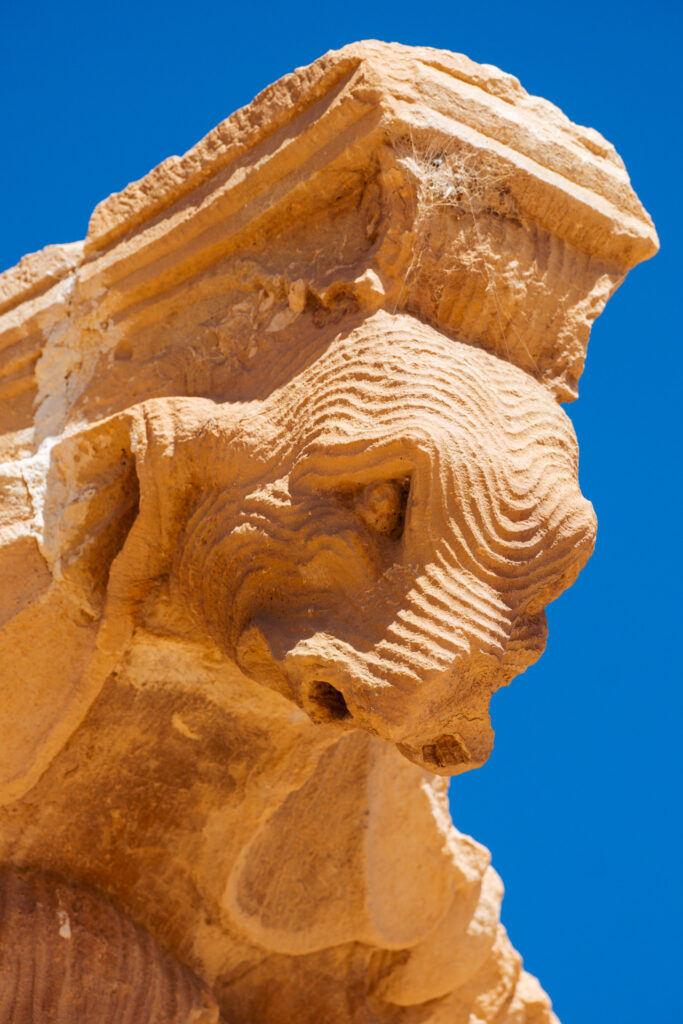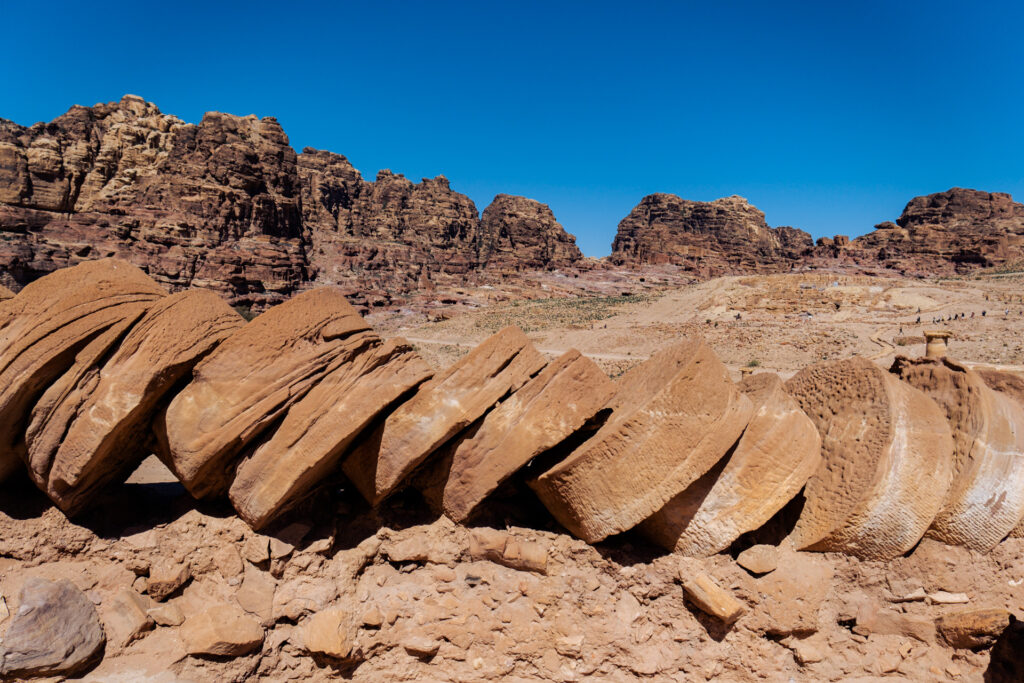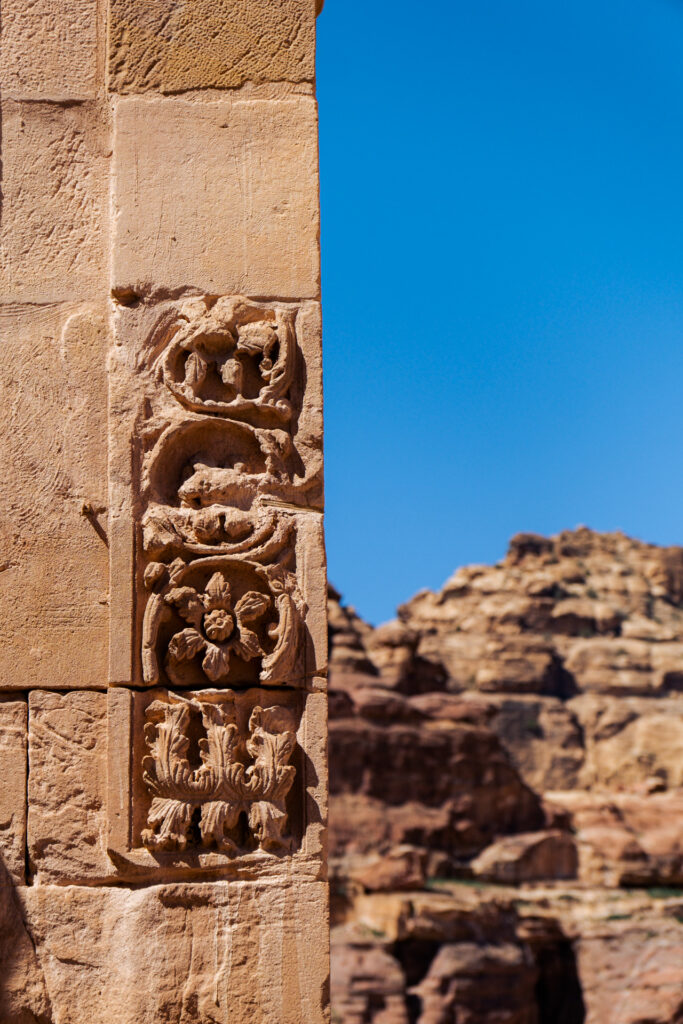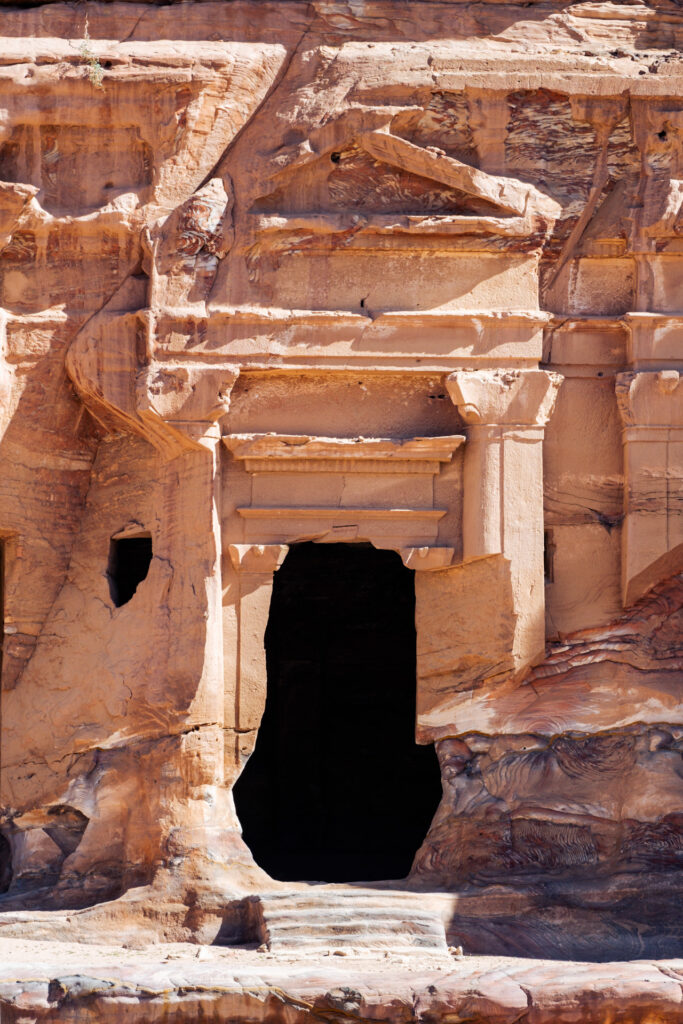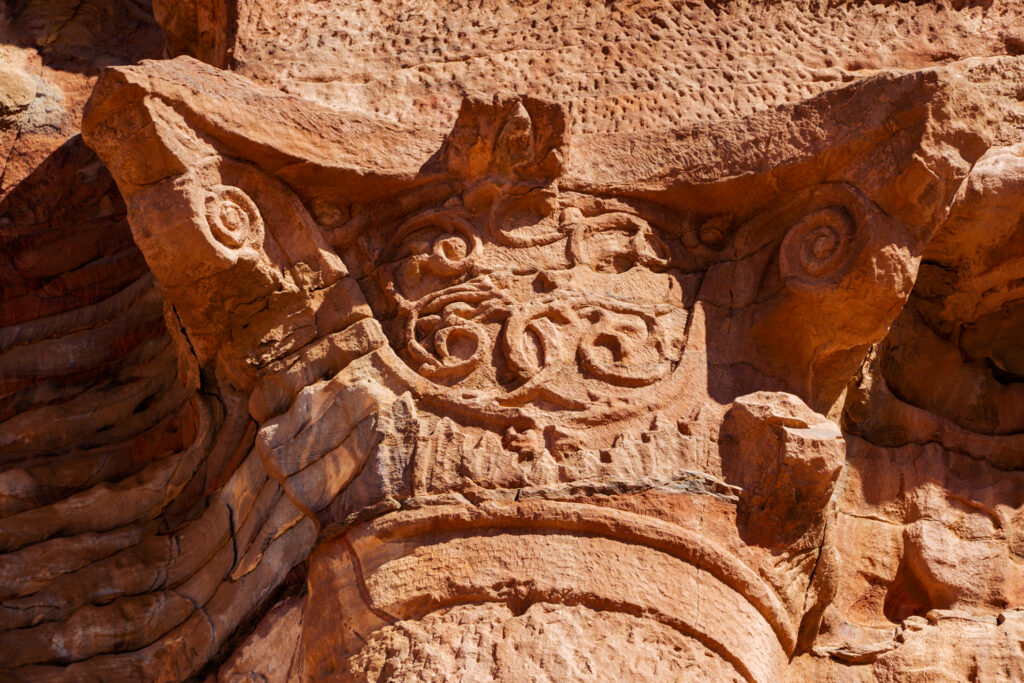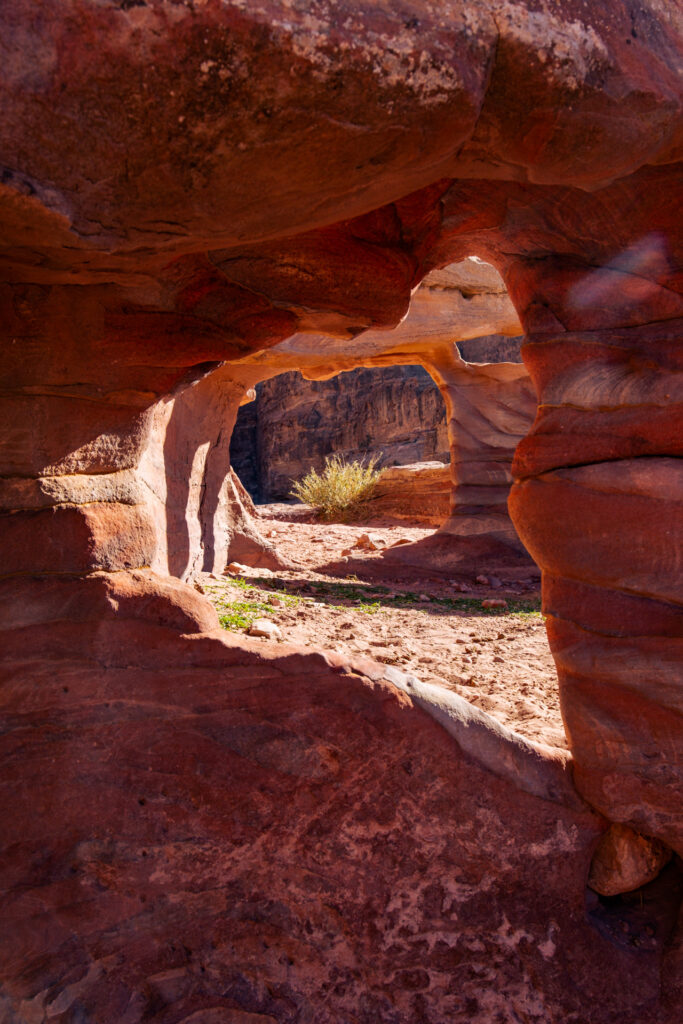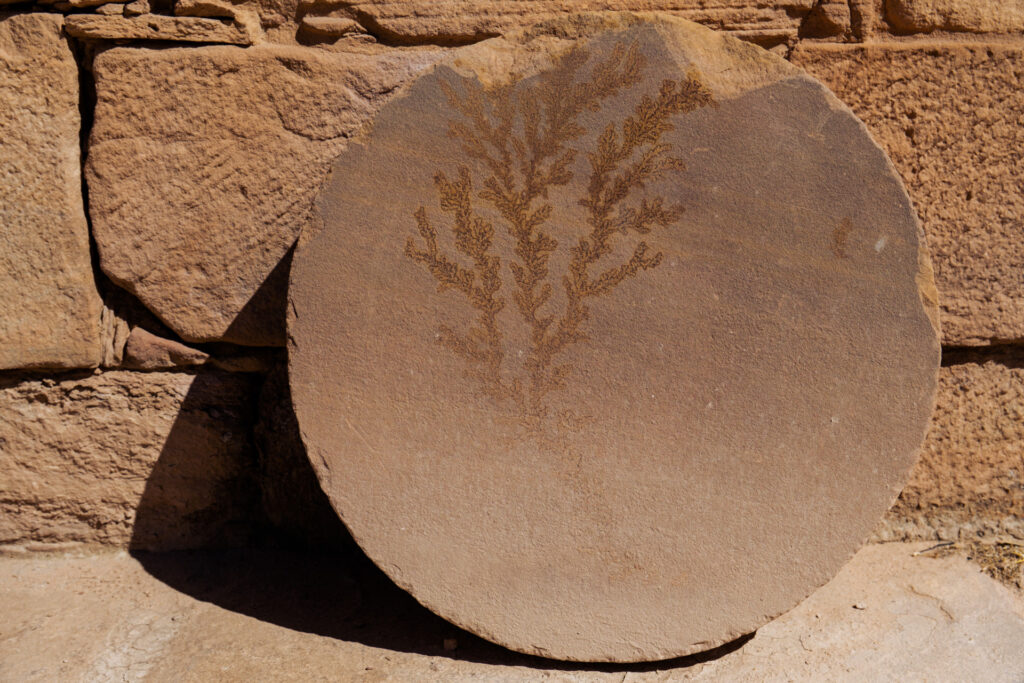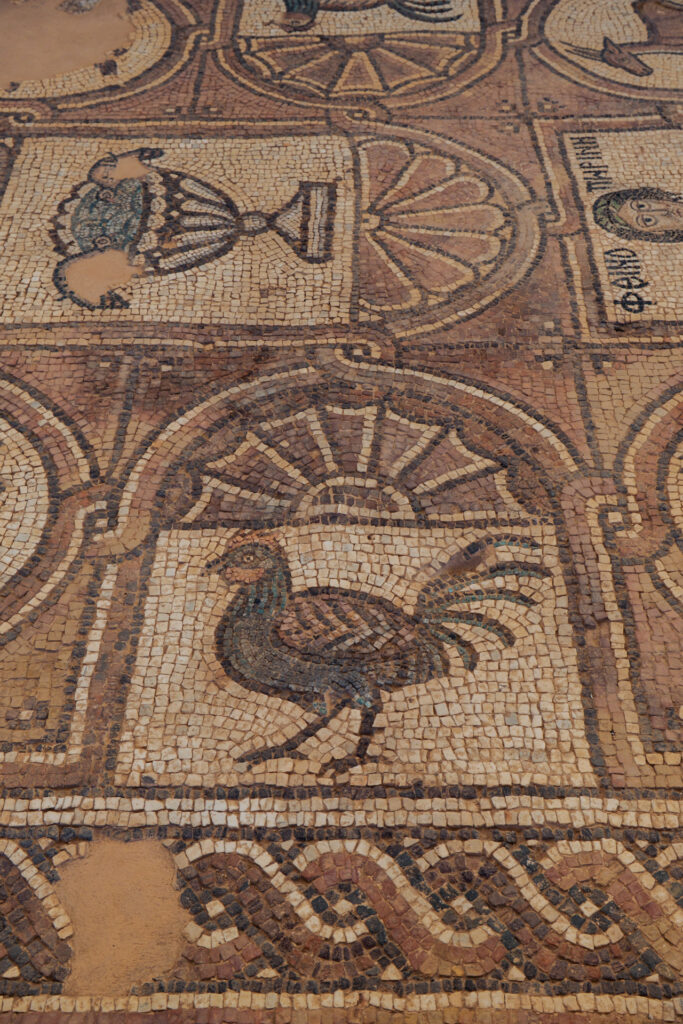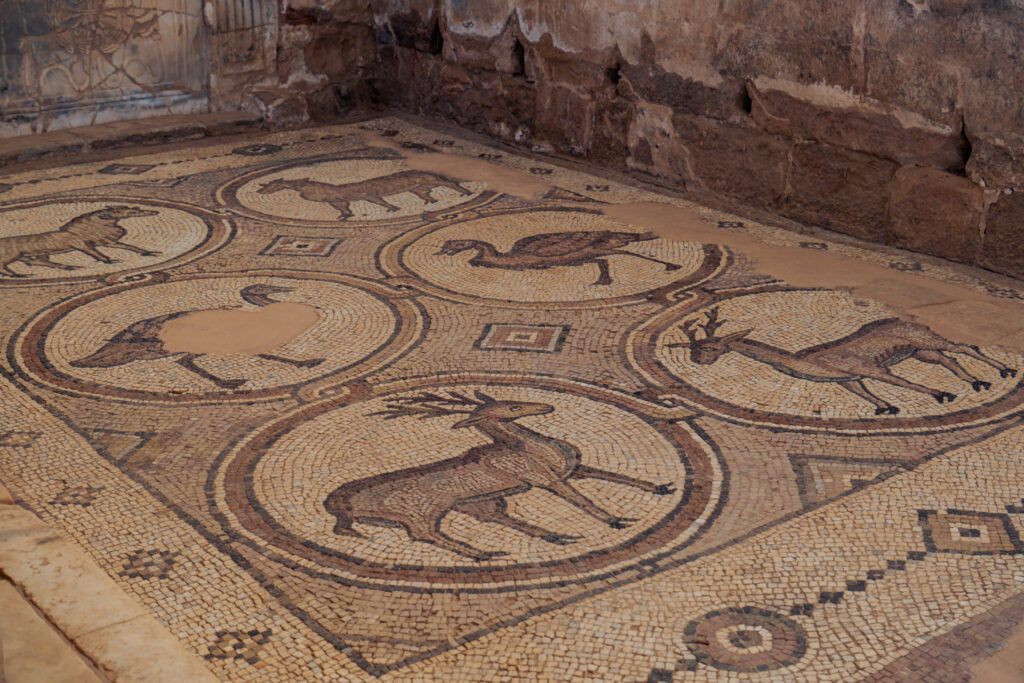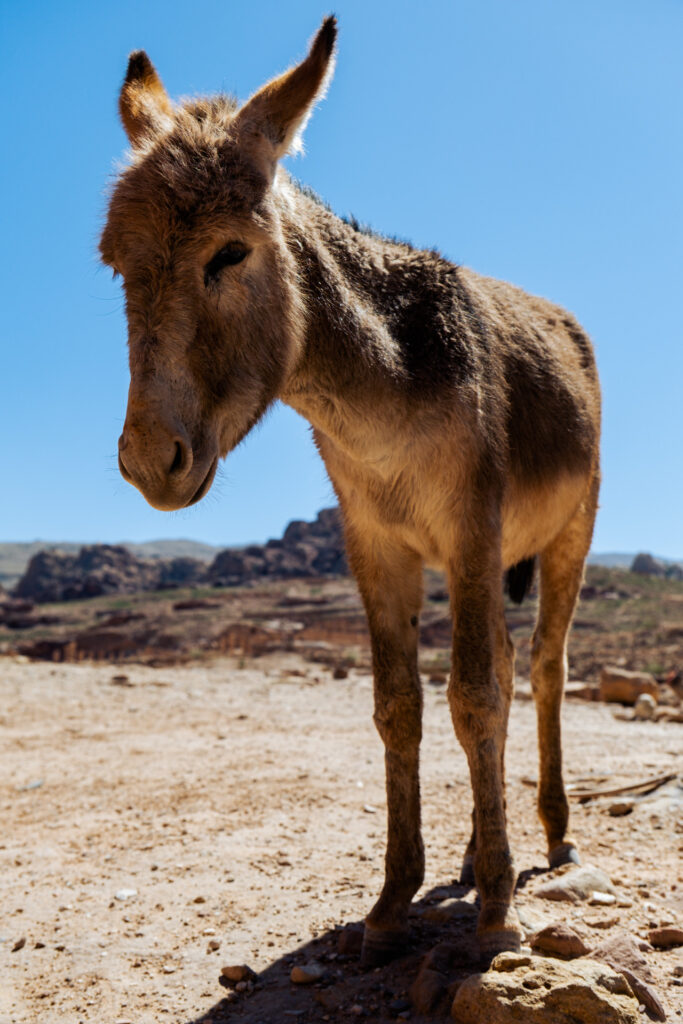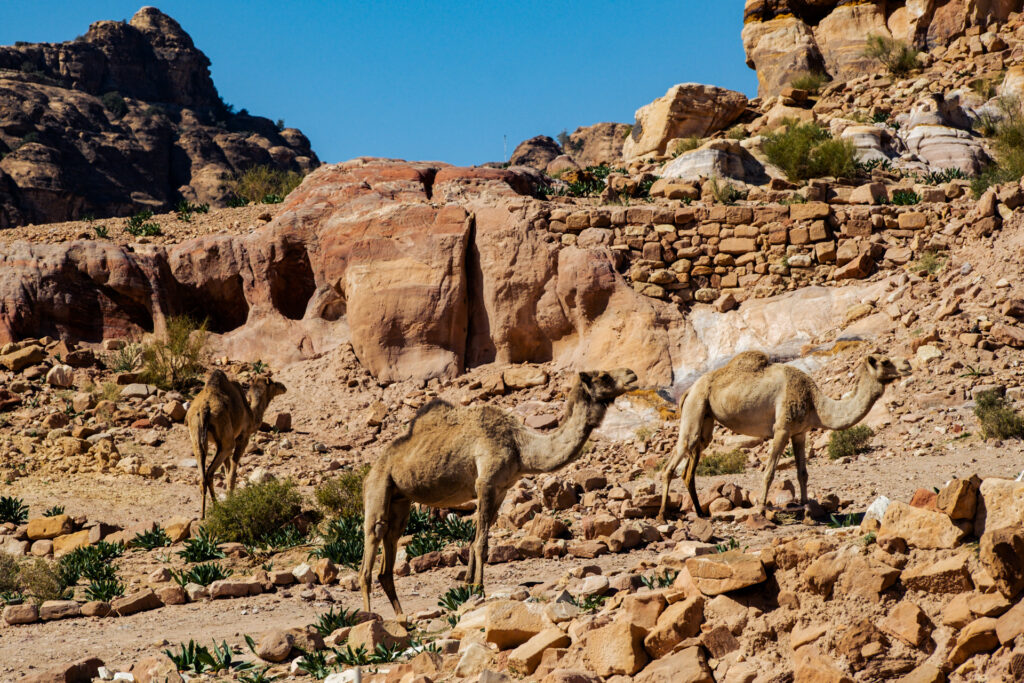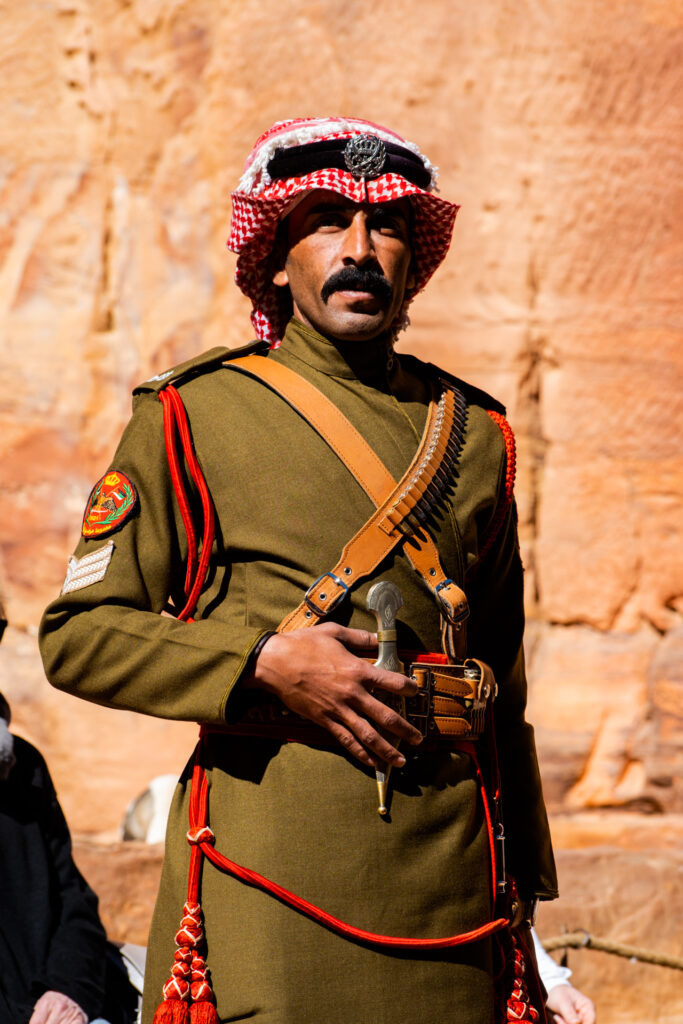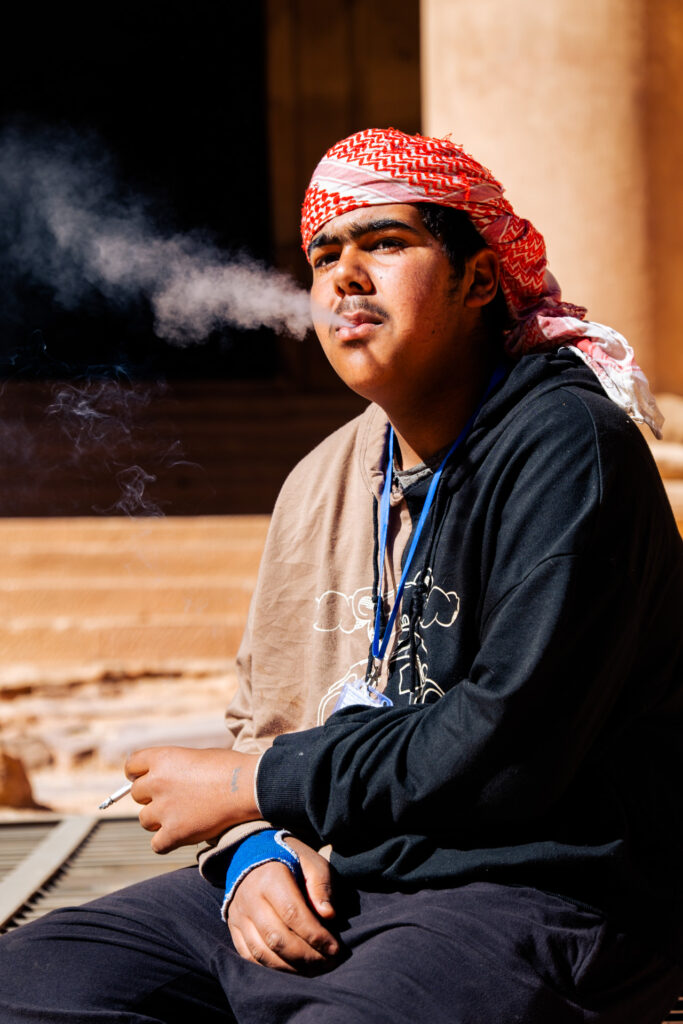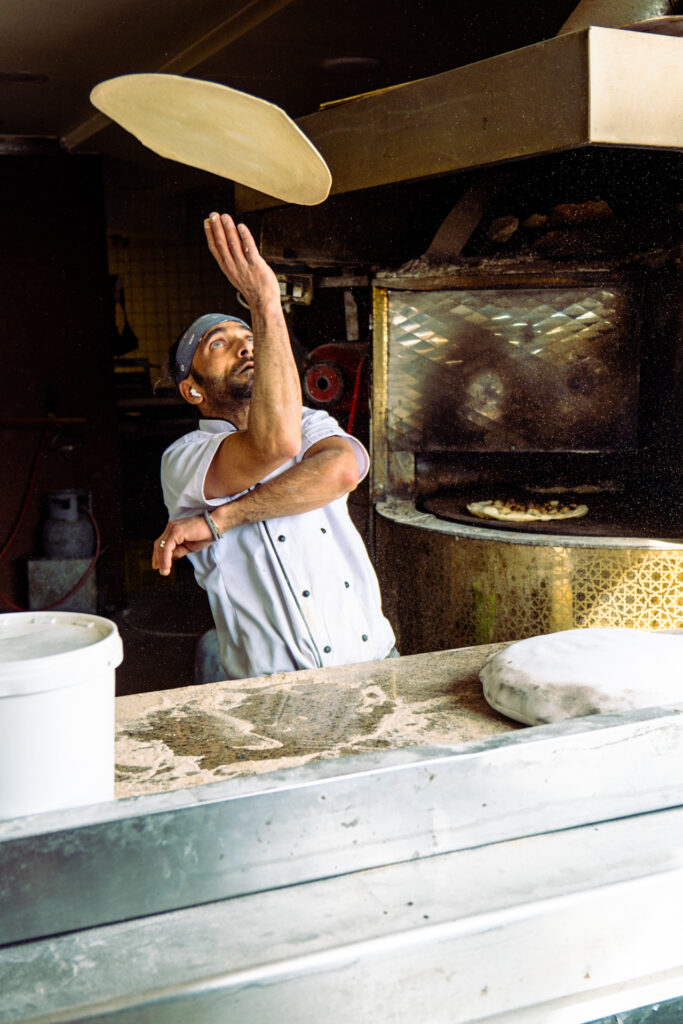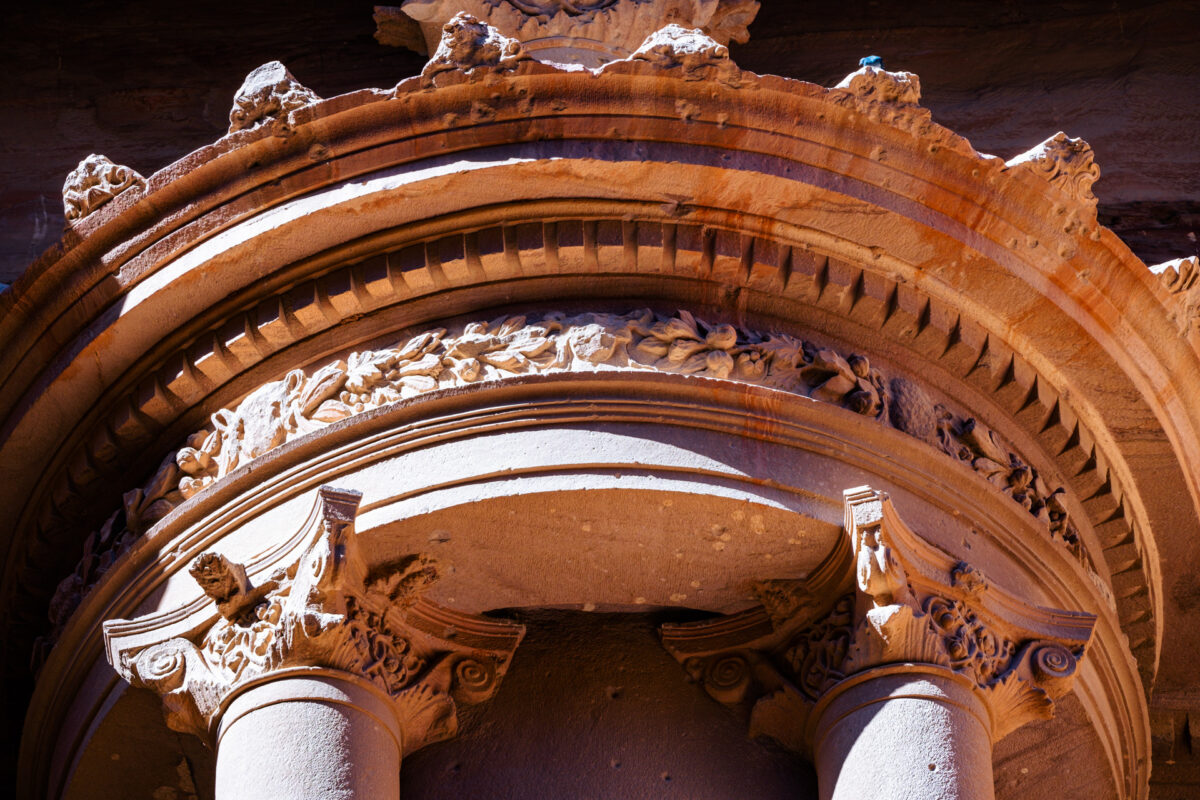Jordan is one of those destinations that kind of happened accidentally, thanks to plane transfers, but we were absolutely delighted that things worked out this way and we were able to experience a slice of this interesting country: from the capital, Amman, that teases us with the promise of magnificent ruins (where we were also very lucky with our couch host, from whom we learned a lot about Jordan), to the real-deal ancient Greek ruins in Jerash, through the mosaic Madaba and the medieval castle at Kerak (a very pleasant hitchhiking experience and a surprise couch from a very kind family) to the main highlight, Petra, which, despite the flocks of tourists, is still standing up very well, being an impressive example not only of the craftsmanship of the ancient architects and sculptors, but also of the remarkable harmony of the architecture with nature… One must not forget about Jordanian cuisine – delicious, falafely-hummusy and… cheap, except the most touristy spots.
As we stroll through the huge archaeological park, we get into conversation with some Bedouins and learn about the not-quite-rosy-postcardy situation of the indigenous inhabitants of the area: the government is not at all keen on sharing the profits from tourism and sometimes forcibly suppresses Bedouin protests (hence the presence of armoured vehicles in the park; and hence the closure of routes to viewpoints). On the other hand, the Bedouins tend to litter some of the caves quite badly, and decent management of rubbish disposal is lacking here. Cracks are appearing on the beautiful face of Petra…
Useful tip: Spend two days in Petra and be prepared to walk a lot if you want to see everything there is to see (including the museum). Arrive early to avoid crowds around the Treasury. Stay for cheap in Cabin Hostel very near the main entrance. Forget about cheap restaurants anywhere in the hotel area (if they seem cheap, it probably means they will serve you ridiculously small portions).
//
Jordania to kolejne miejsce, które odwiedziliśmy trochę mimochodem, ze względu na przesiadki samolotowe, ale absolutnie cieszymy się, że tak się sprawy ułożyły i mogliśmy poznać kawałek tego interesującego kraju: od stolicy, Ammanu, teasującego zapowiedzią wspaniałych ruin w innych miejscach (mieliśmy też wielkie szczęście co do gospodarza couchowego, od którego dowiedzieliśmy się sporo o Jordanii), przez konkretne greckie ruiny w Jerash, przez mozaikową Madabę i średnowieczny zamek w Kerak (bardzo miłe doświadczenia autostopowe i życzliwa rodzina oferująca nocleg) aż po gwóźdź programu, czyli Petrę, która, mimo chmar turystów, wciąż świetnie się broni, stanowiąc imponujący przykład nie tylko kunsztu starożytnych architektów i rzemieślników, ale i niezwykłej harmonii ówczesnej architektury z naturą… Trzeba też koniecznie wspomnieć o jordańskiej kuchni: pysznej, humusowo-falafelowej i… bardzo taniej (poza najbardziej turystycznymi miejscami).
Przechadzając się po olbrzymim parku archeologicznym, wdajemy się w rozmowę z kilkoma beduinami i dowiadujemy się o nie całkiem różowo-pocztówkowej sytuacji, w której znajdują się rdzenni mieszkańcy tych terenów: rząd wcale nie jest skory do dzielenia się zyskami z turystyki i zdarza mu się siłą tłumić protesty beduinów (stąd obecność w parku wozów opancerzonych; stąd też zamknięcie tras do punktów widokowych). Z drugiej strony, beduini potrafią nieźle zaśmiecić niektóre z jaskiń, a porządnego zarządzania wywózką śmieci tu brak. Na pięknym obliczu Petry pojawiają się pęknięcia…
Porada praktyczna: Petrze warto poświęcić dwa dni – dni pełnych intensywnego chodzenia; nie zapomnijcie o muzeum tuż przy wejściu. Najtańszy nocleg w pobliżu głównego wejścia: Cabin Hostel. Zapomnijcie o tanich restauracjach w strefie hotelowej (a jeśli wydadzą się Wam tanie, to prawdopodobnie porcje będą żałośnie małe).
